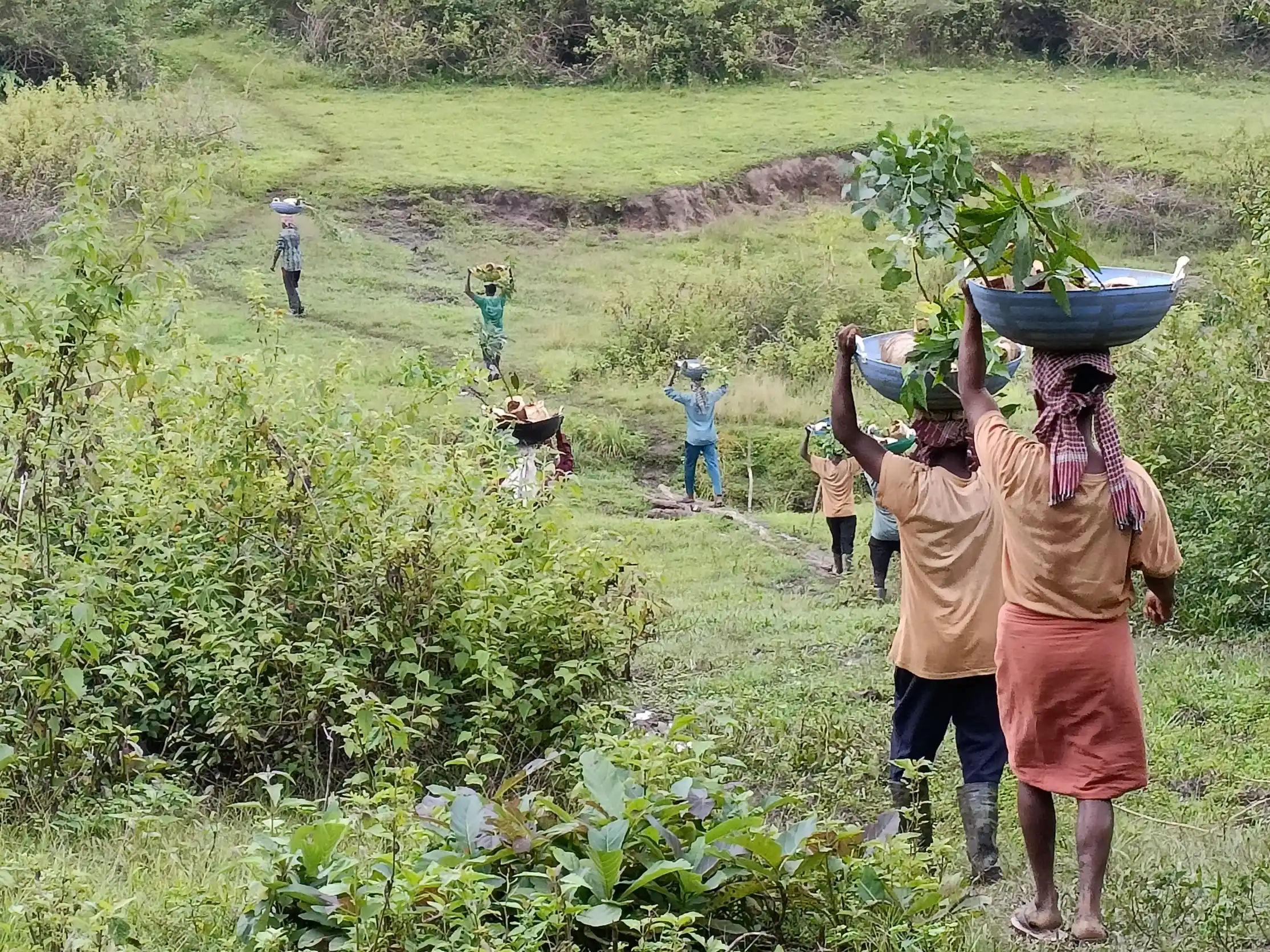
PROJECTS
Our interventions
Healthy ecosystems matter to all of us. Forest First has been conserving endemic biodiversity across sacred groves and forest lands in the Western Ghats. The International Union for Conservation of Nature (IUCN) Red List identifies 325 globally threatened species in the Western Ghats, of which 229 plant species are of special interest for FFS in its conservation efforts. Conservation of such species strengthen their ecosystems necessary for the ecological functions they offer, ensuring food and water security of peninsular India.
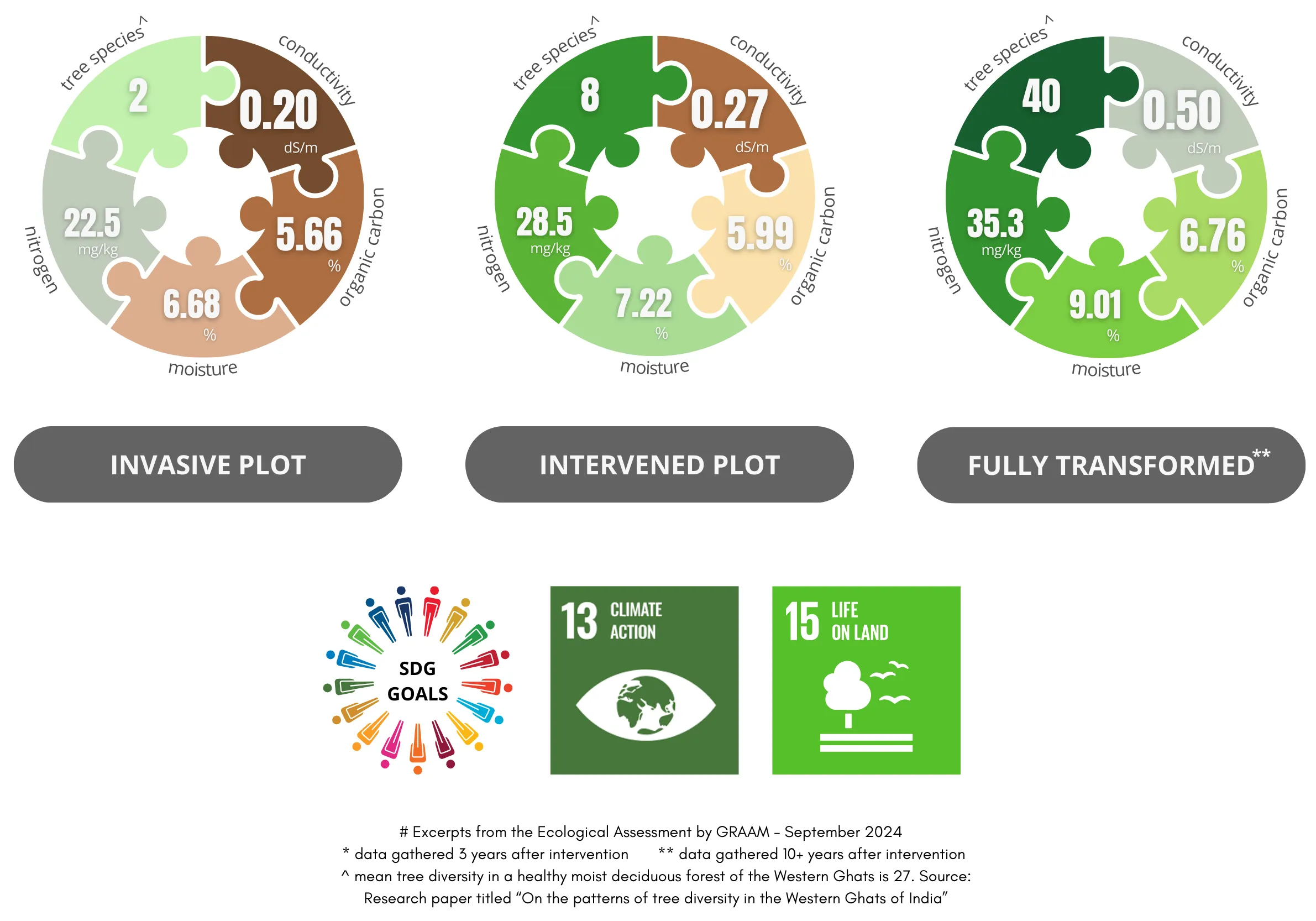
FOREST LAND RESTORATION
Background:
Wayanad’s forests are also home to more than 13 rivers, including Kabini the primary tributary of river Kaveri. Loss of forest cover threatens river ecosystems and access to fresh water.
Wayanad Wildlife Sanctuary is a part of the Nilgiri Biosphere Reserve. Invasive species like Senna spectabilis and Lantana camara have spread rapidly leading to habitat and biodiversity loss, altering tropical forest ecosystems. Over 35% of WWS has been invaded by Senna spectabilis. The allelopathic nature of Senna does not support native grass and shrubs under its dense canopy. This has reduced the fodder availability for Asiatic elephants and ungulates which are the prey base of tigers, escalating the instances of human-animal conflicts in Wayanad district. Tribals are also deprived of their access to non-timber forest produce due to the suppression of endemic species by the invasives.
Our goal:
Restore the natural biodiversity of degraded forest ecosystems through the eradication of invasive species. Foster local stewardship and sustainable livelihoods by actively engaging tribal communities in the restoration process, ensuring their integral role in conservation efforts.
Our approach:
- Using scientific methods to uproot Senna, which involves complete uprooting of the tree and its lateral roots. This is followed by 3 years of maintenance to prevent secondary regeneration of Senna in the uprooted areas.
- Assisted Natural Regeneration (ANR) is employed to remove Lantana and free the strangulation around the naturally regenerating native species.
- Nursery management and planting of native/RET saplings including wild edible fruits, pollinator attracting species, riverine species and medicinal plants.
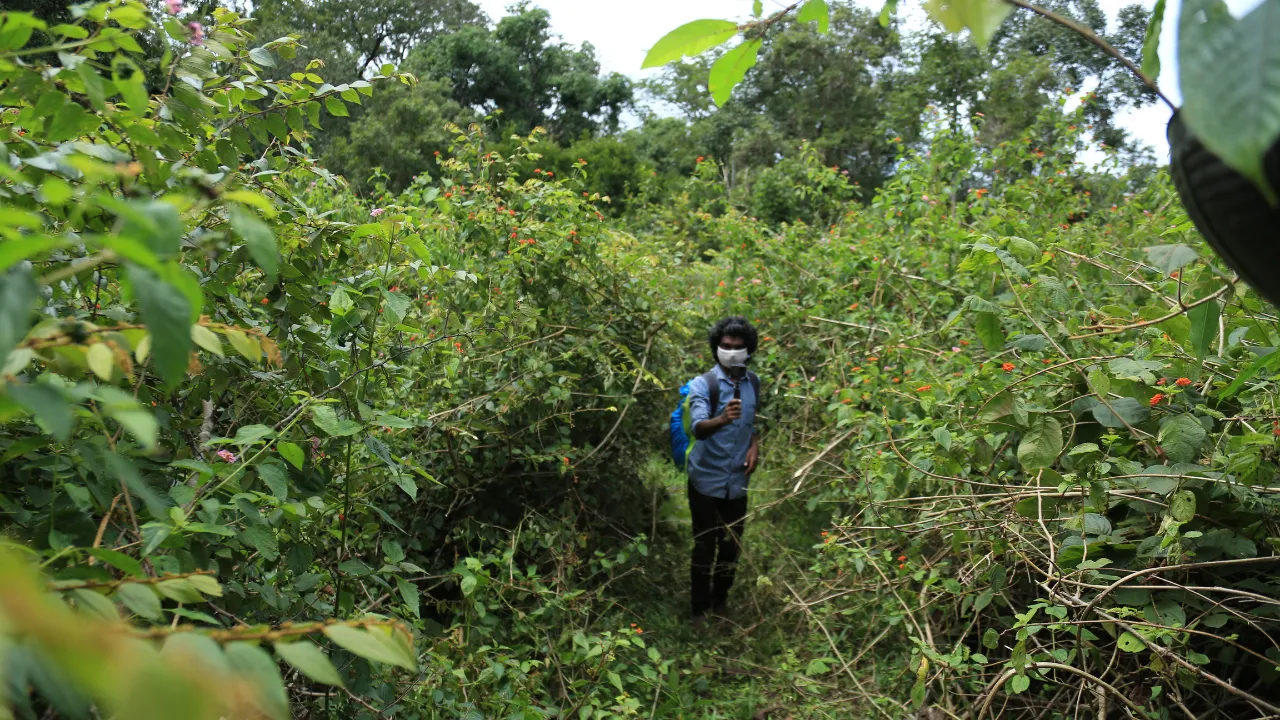
Lantana camara invasion
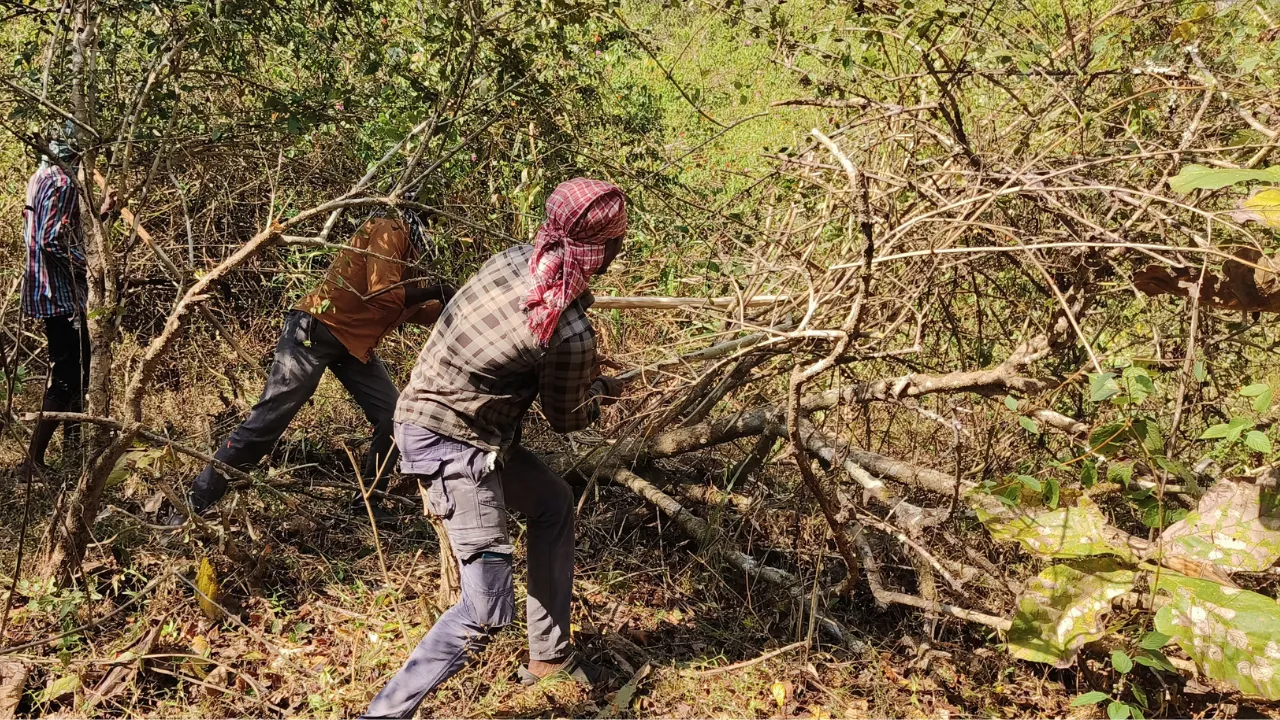
Lantana removal
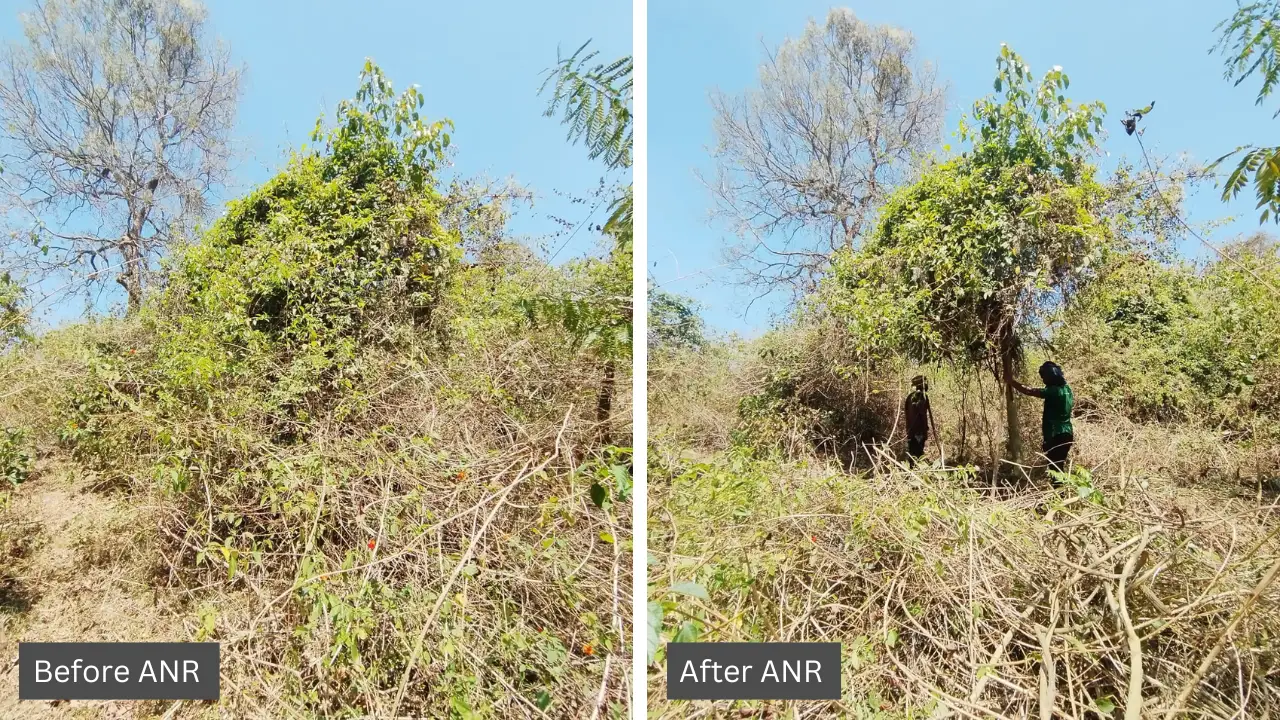
Before ANR / After ANR
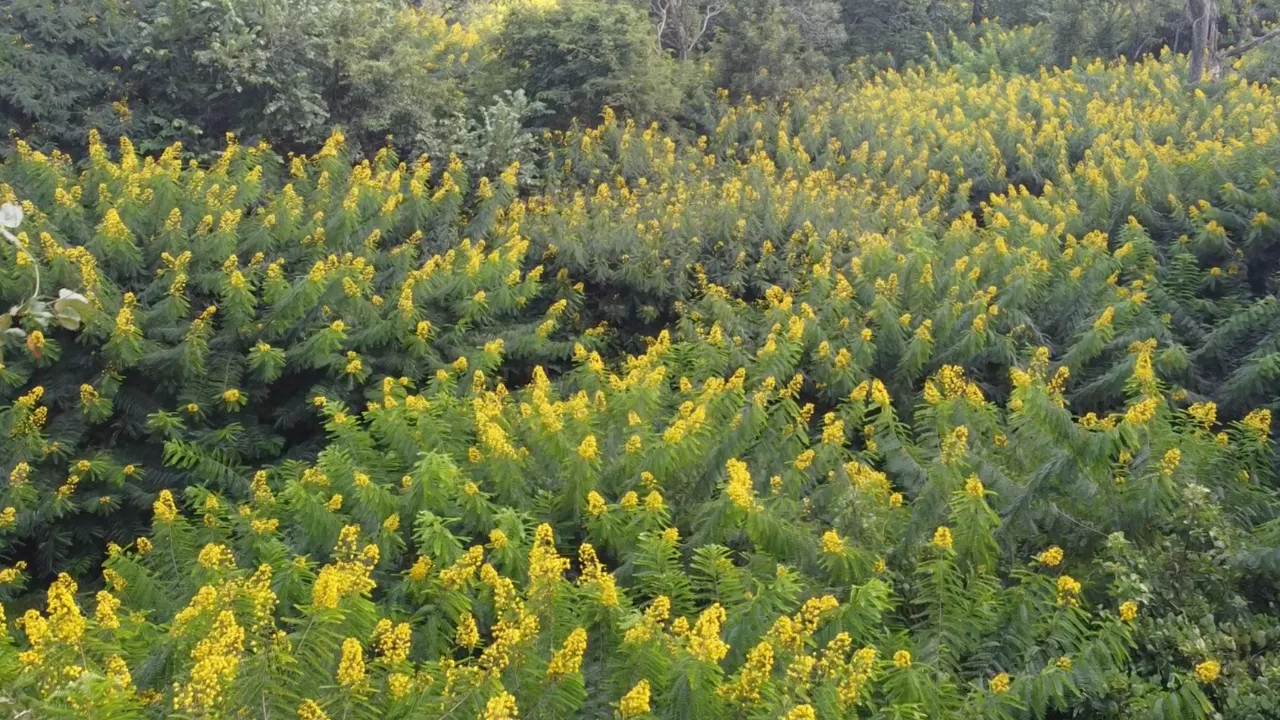
Senna spectabilis invasion
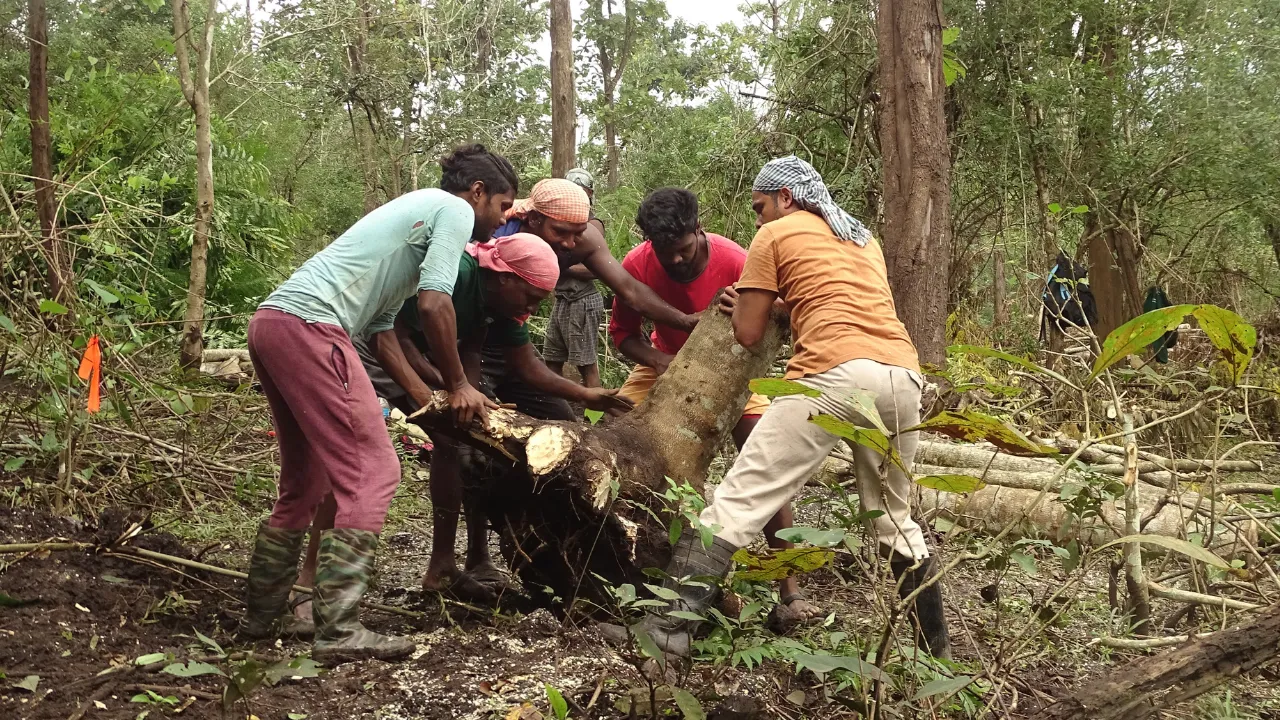
Senna uprooting
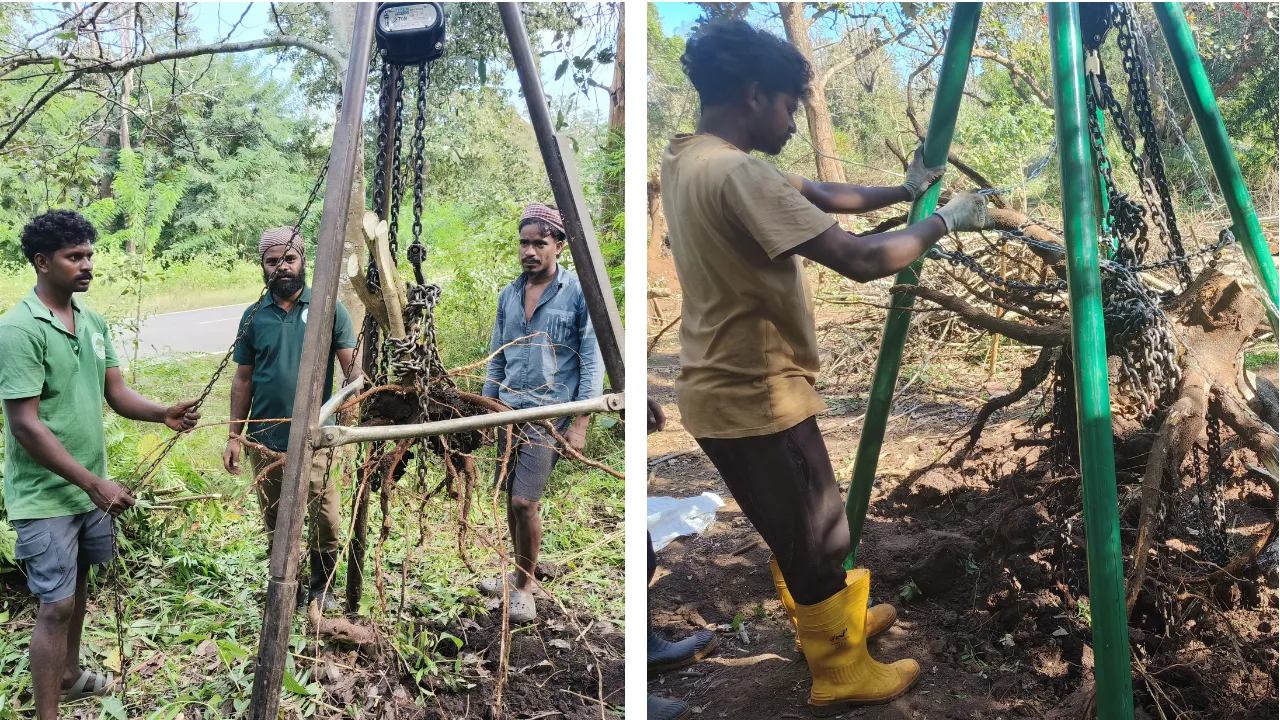
Senna root removal with tools
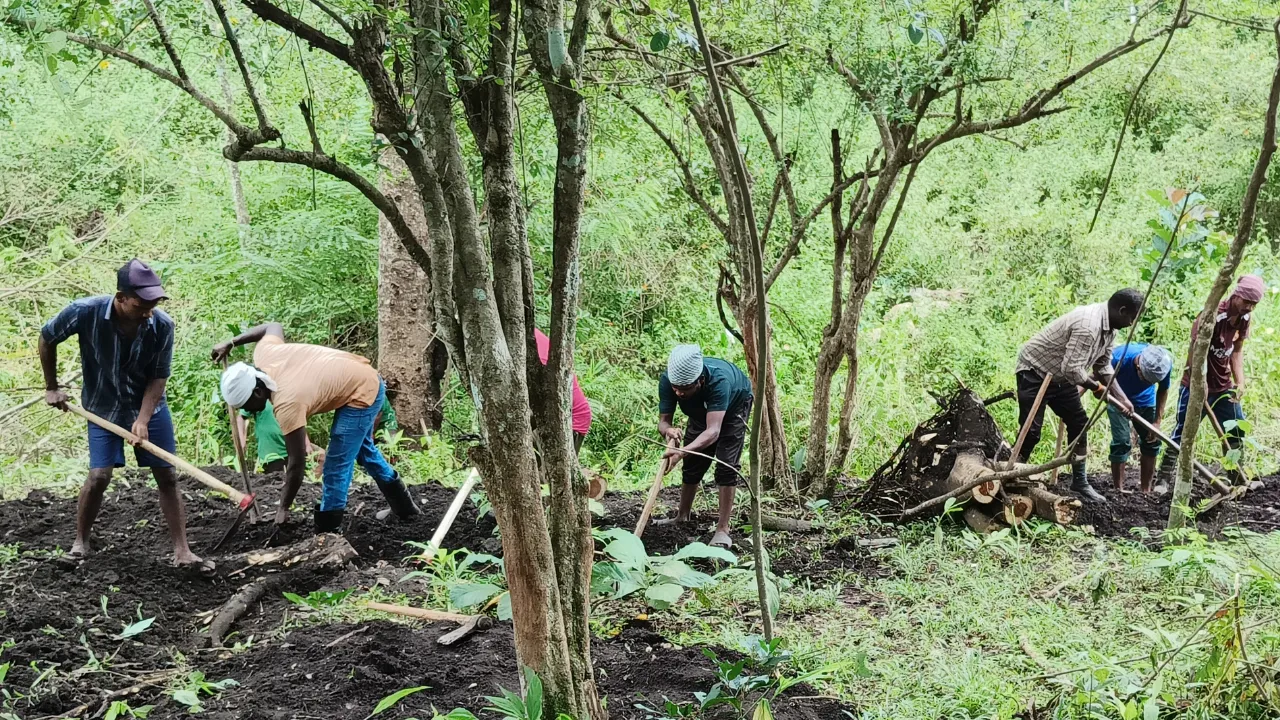
Senna lateral root removal
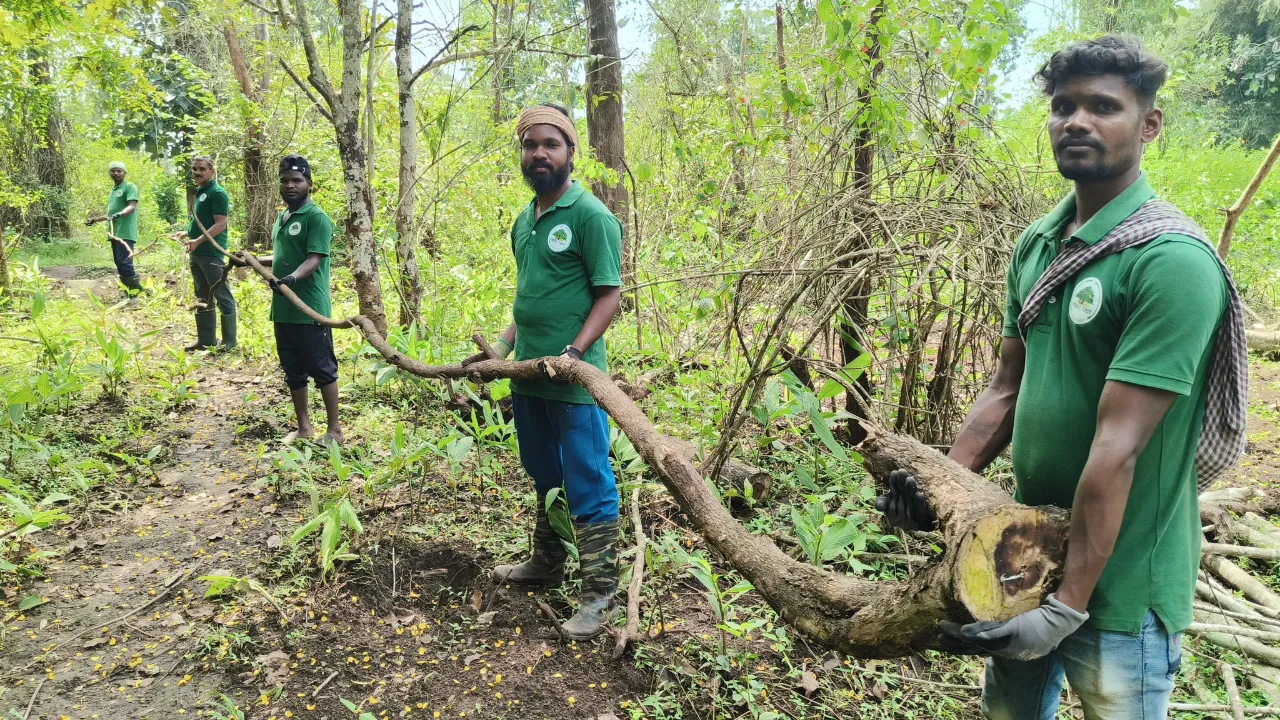
40 ft lateral root of uprooted senna tree
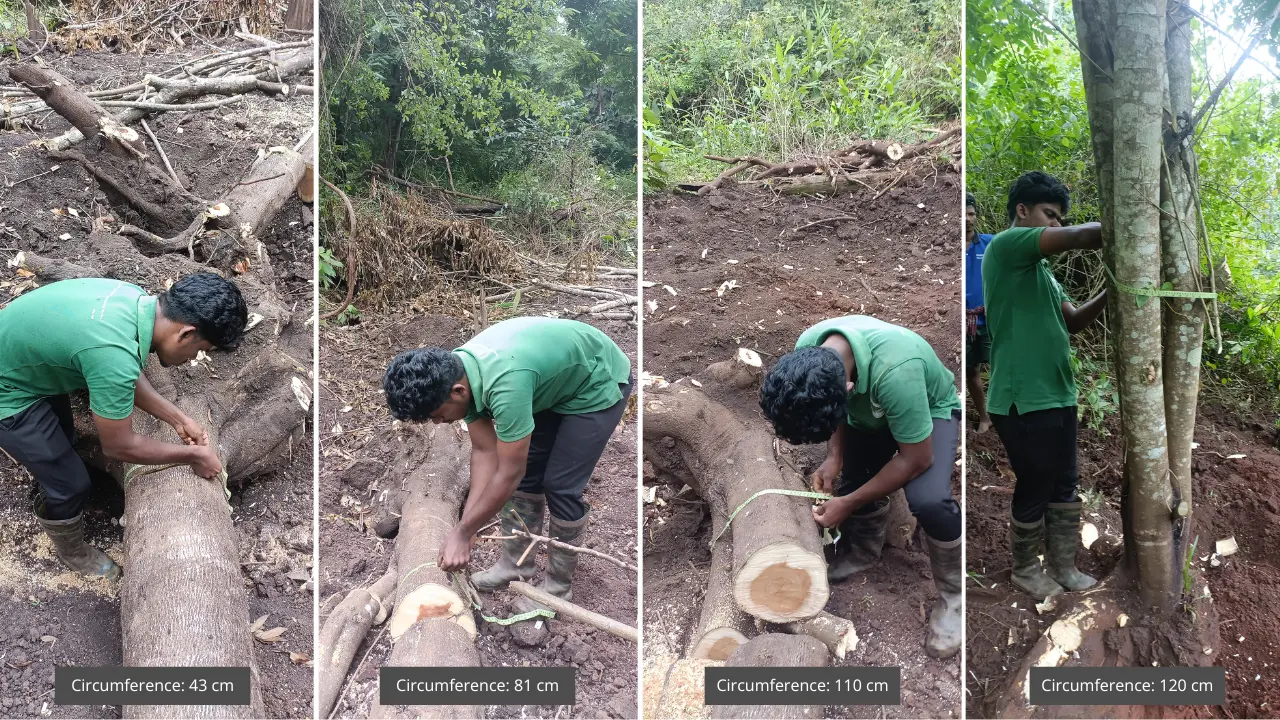
Measuring medium to large Senna girth sizes
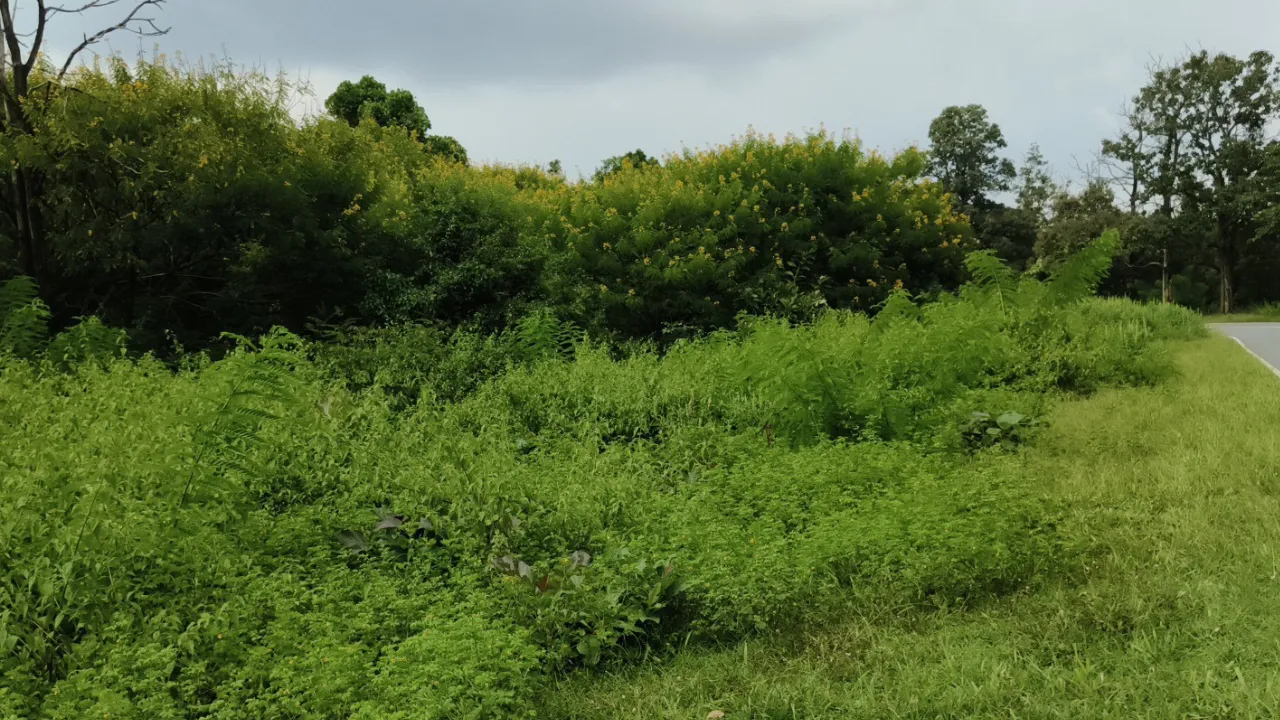
Before Senna uprooting
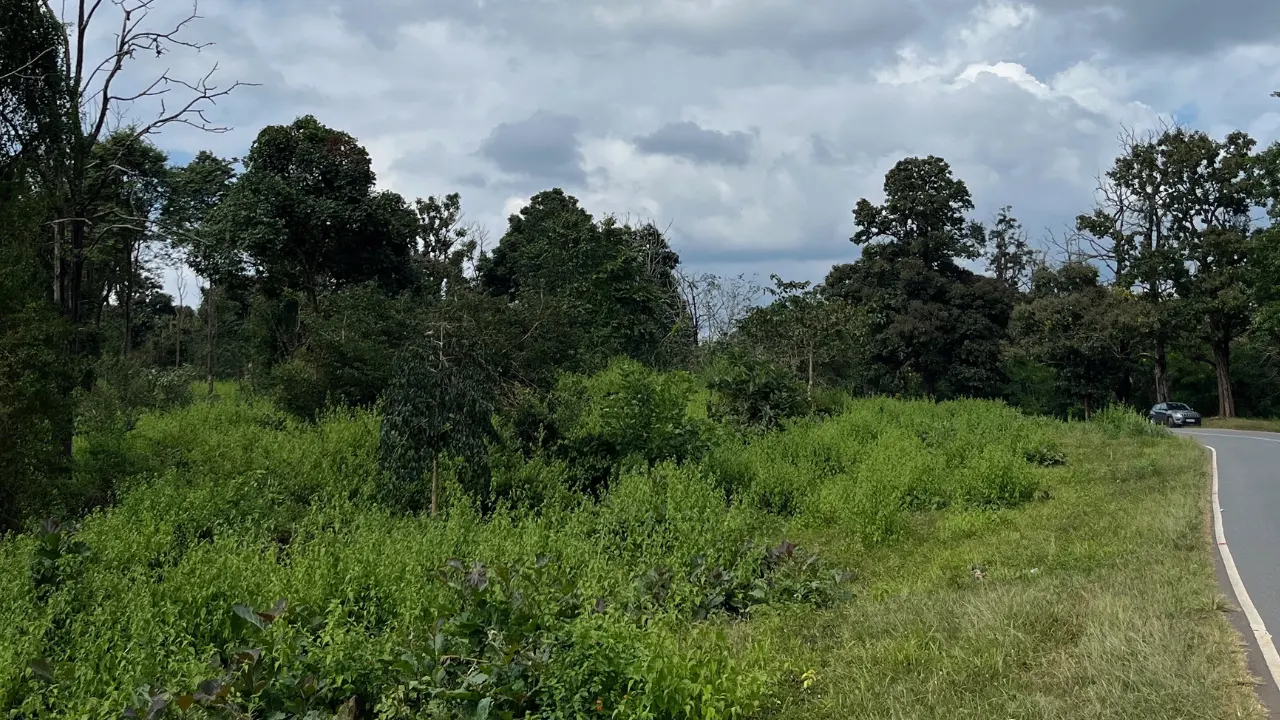
After Senna uprooting
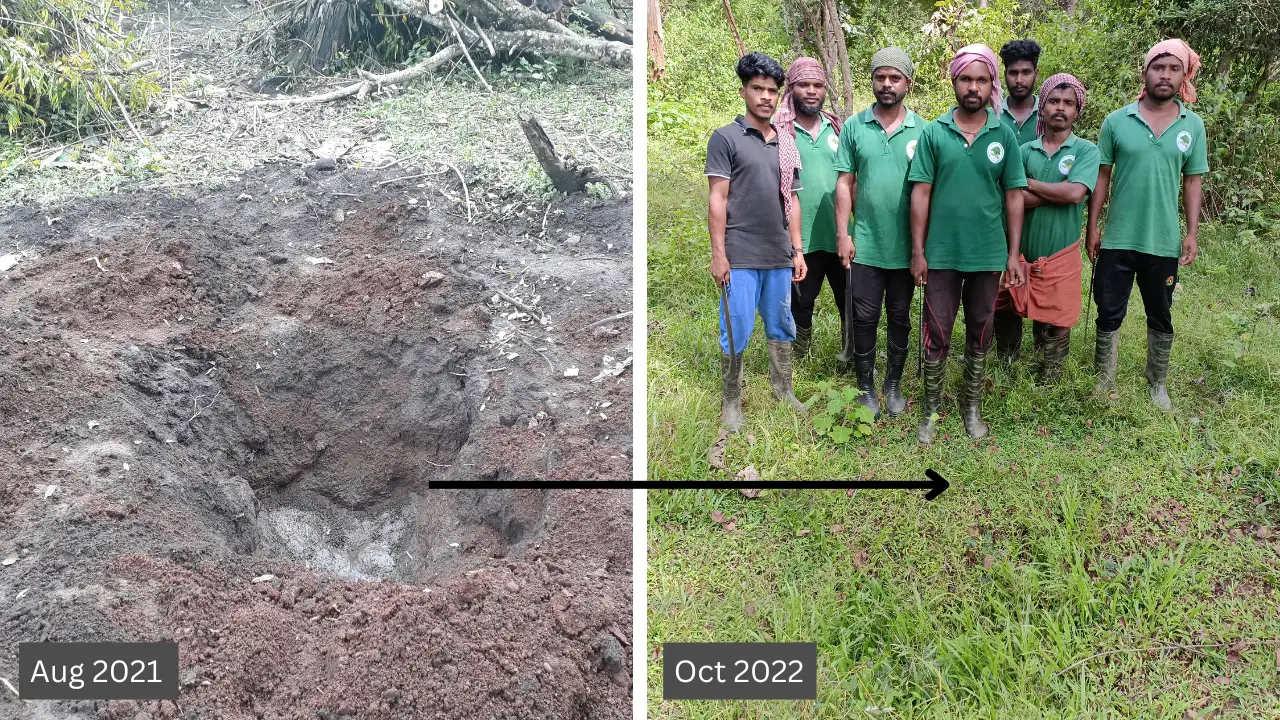
Before and after 1 year of Senna uprooting
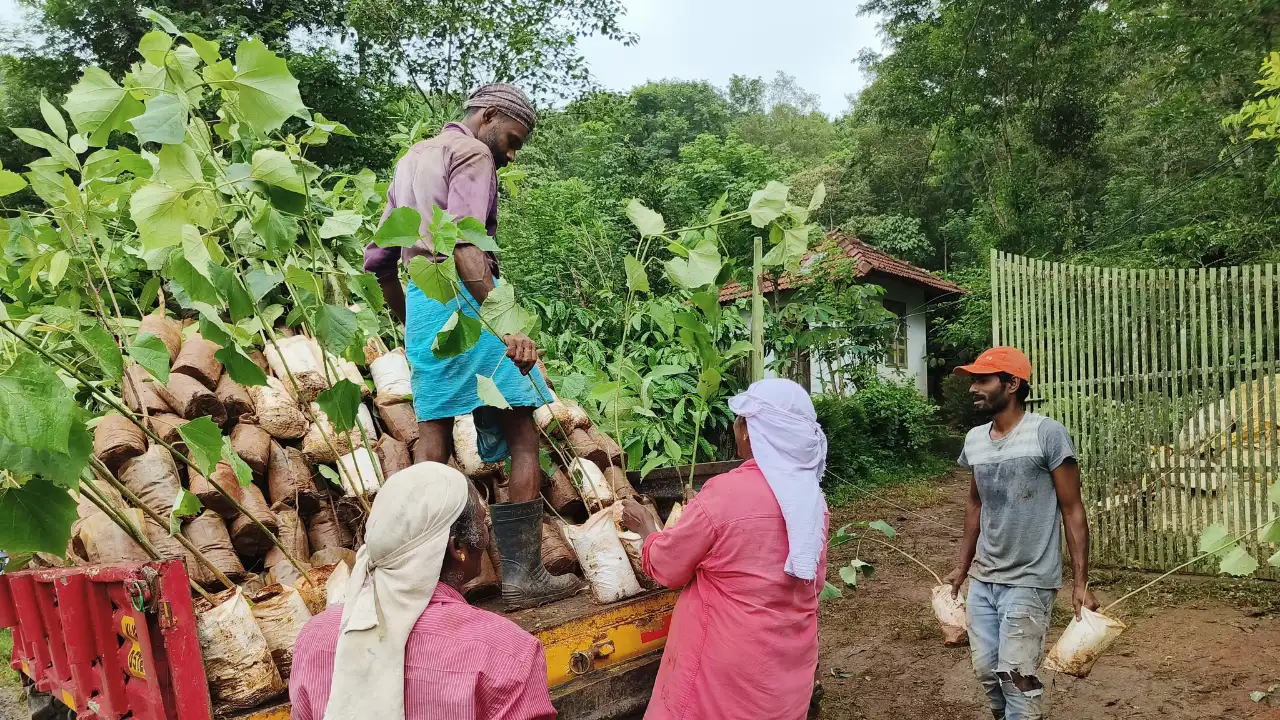
Loading saplings at FFS nursery
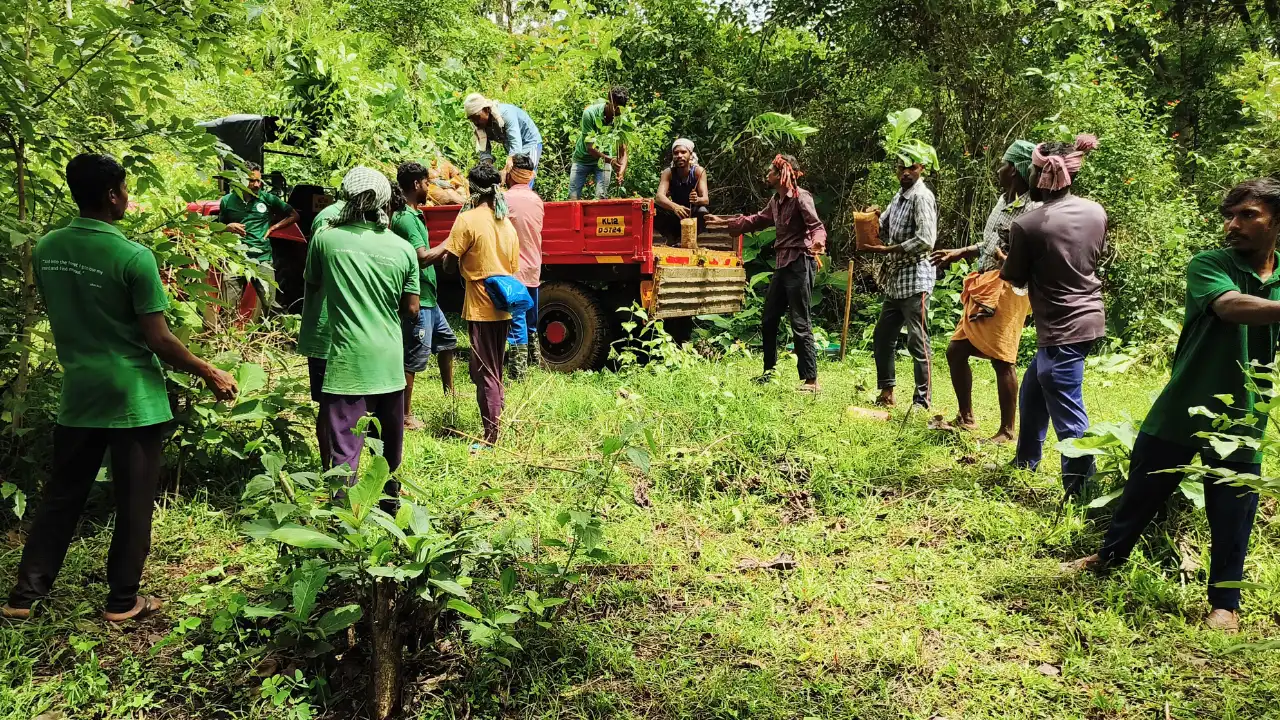
Unloading saplings close to planting site
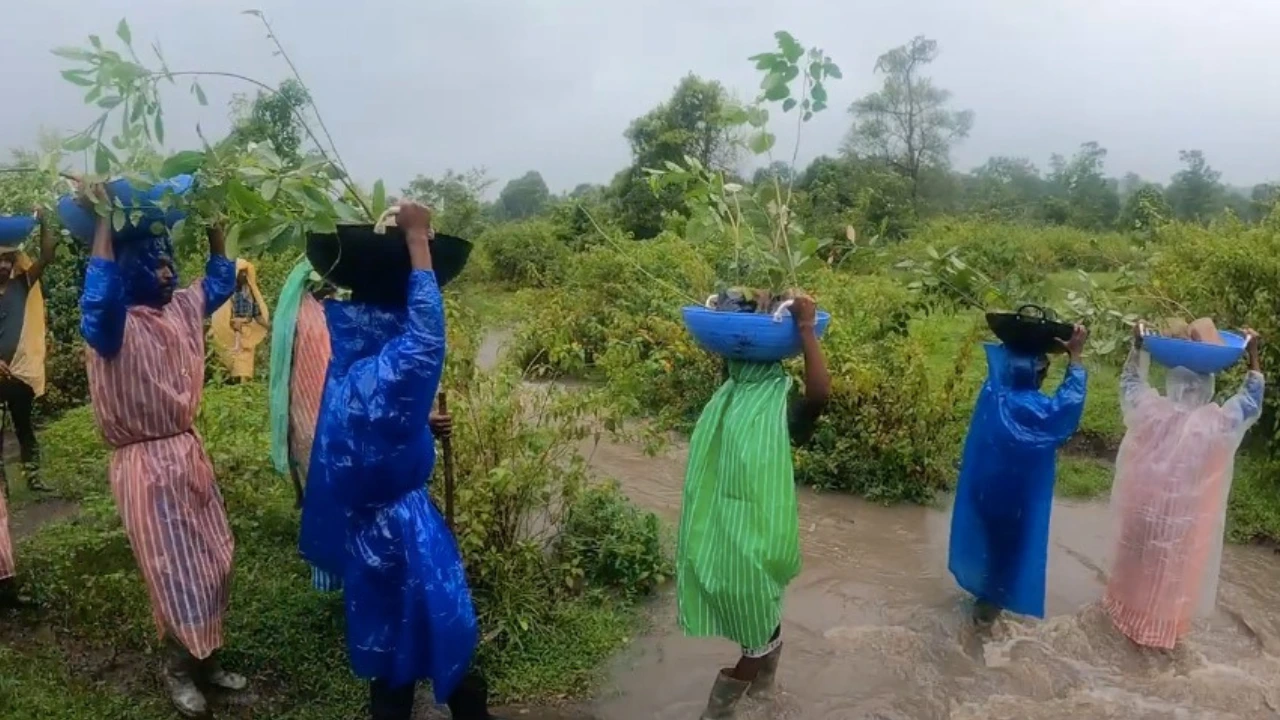
Headload of saplings to pitted planting sites
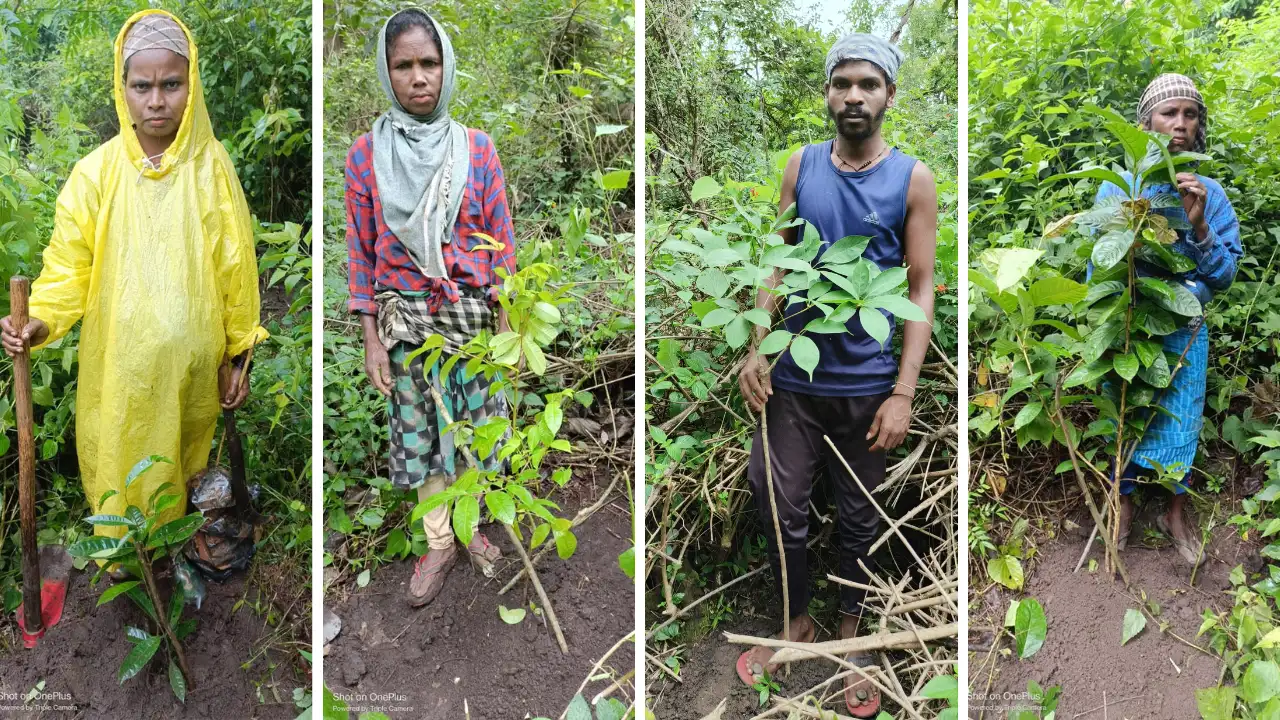
Planted saplings
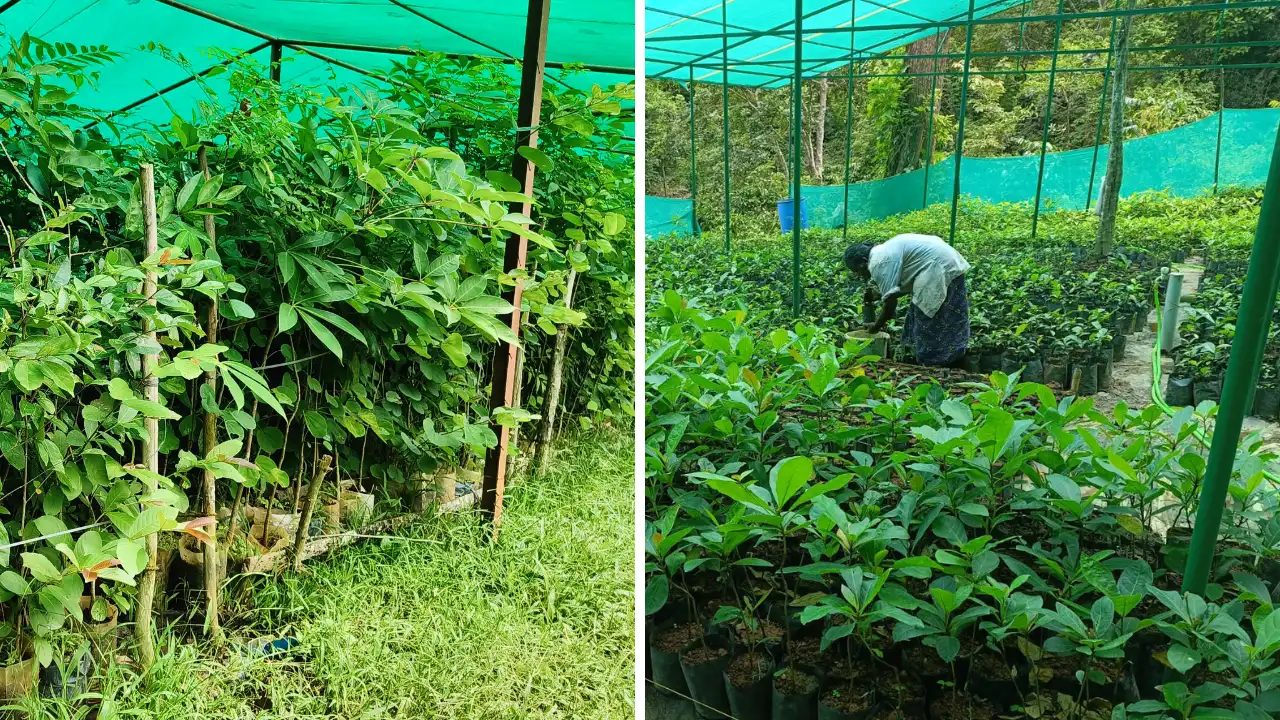
FFS nursery
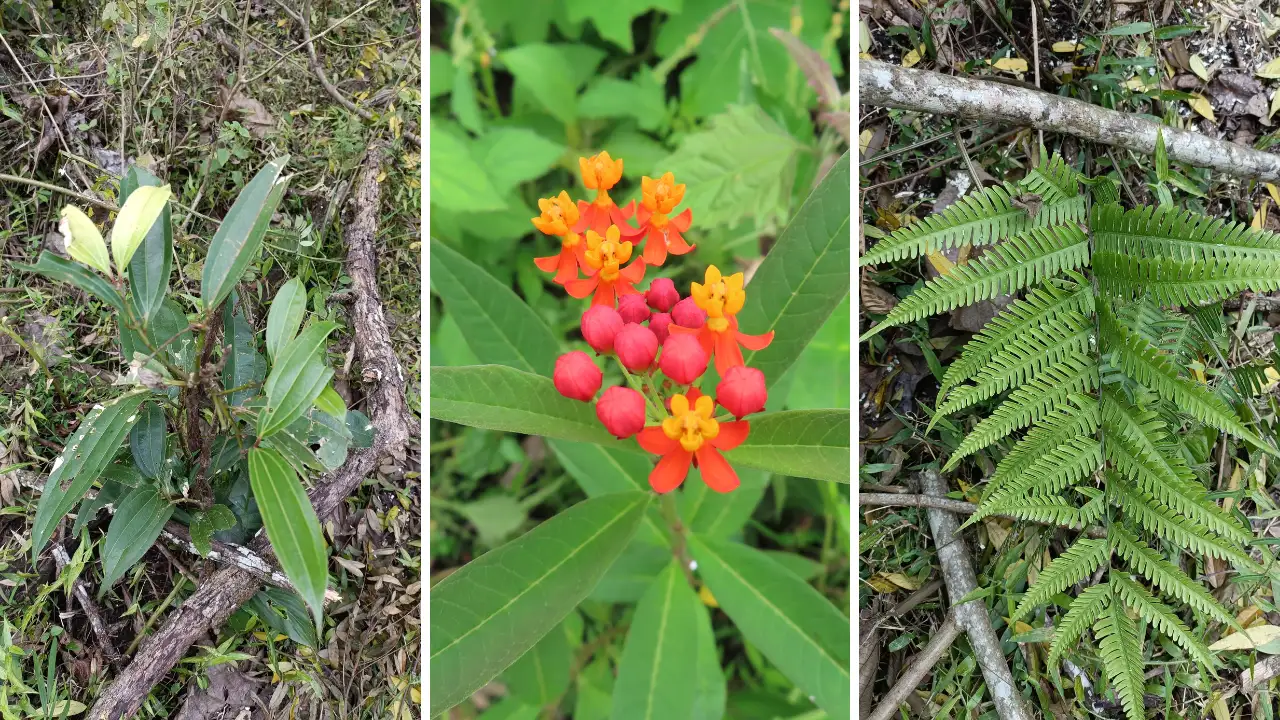
Cinnamon, Milkweed and Native Fern in 1-2 year restored plots
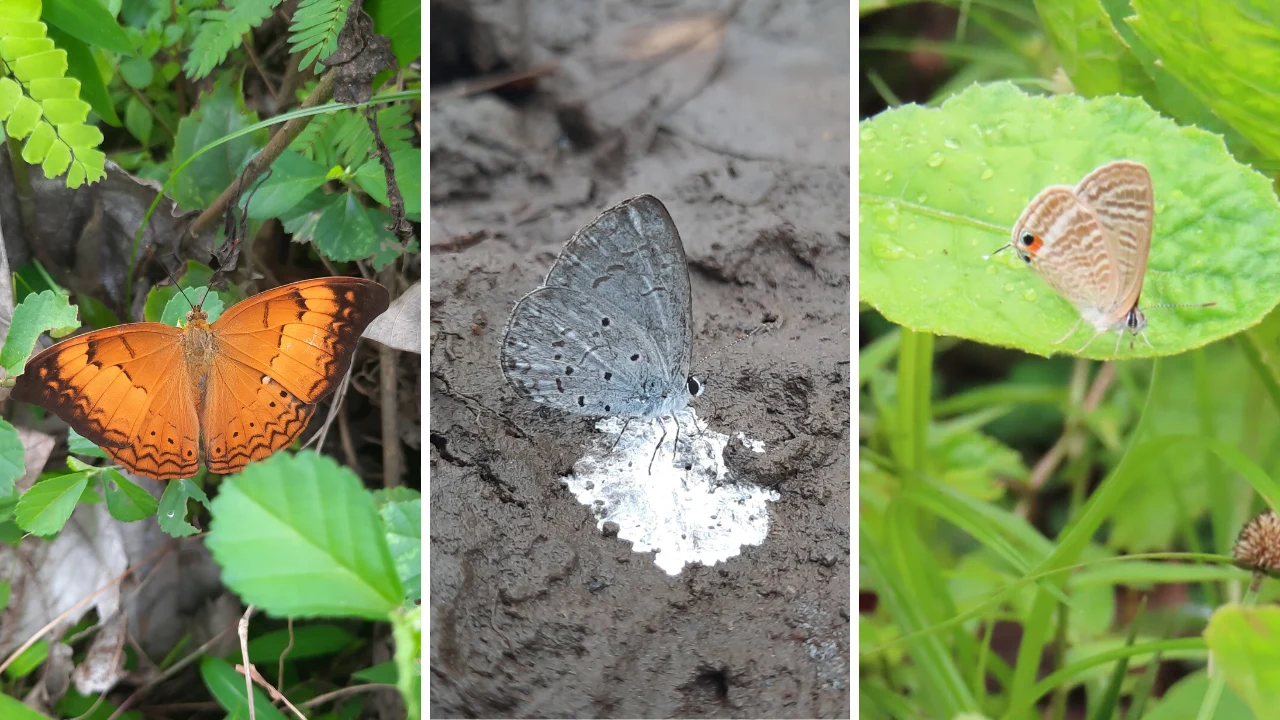
Tamil Yeoman, White-disc Hedge Blue and Pea Blue butterflies in 1-2 year restored plots
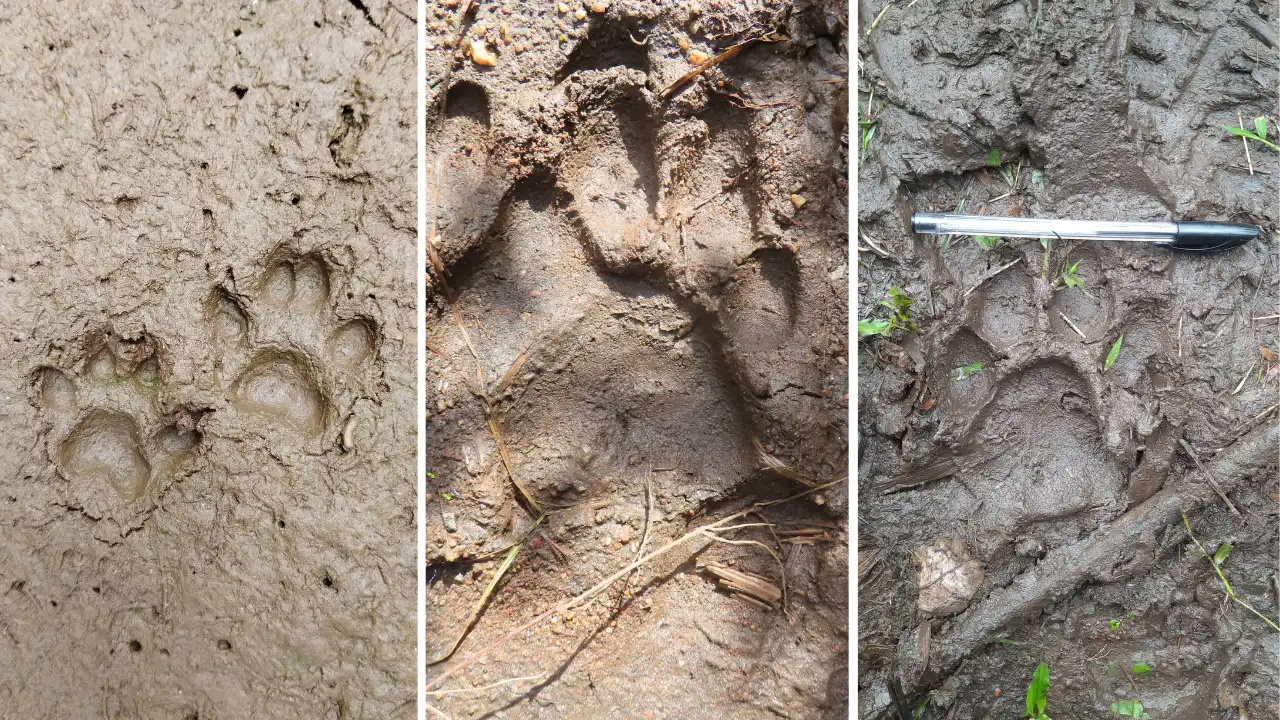
Mongoose, Leopard and Tiger pug marks in 1 & 2 year old restoration plots
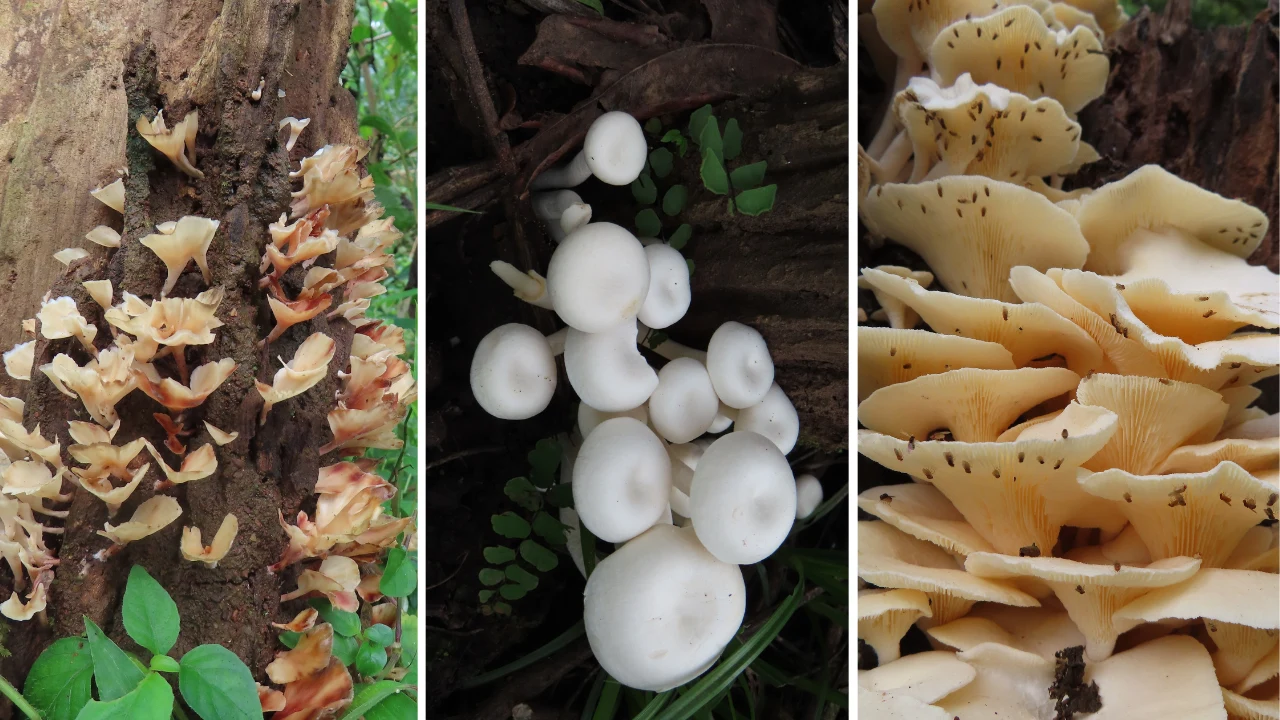
Mushrooms in 1-2 year restored plots
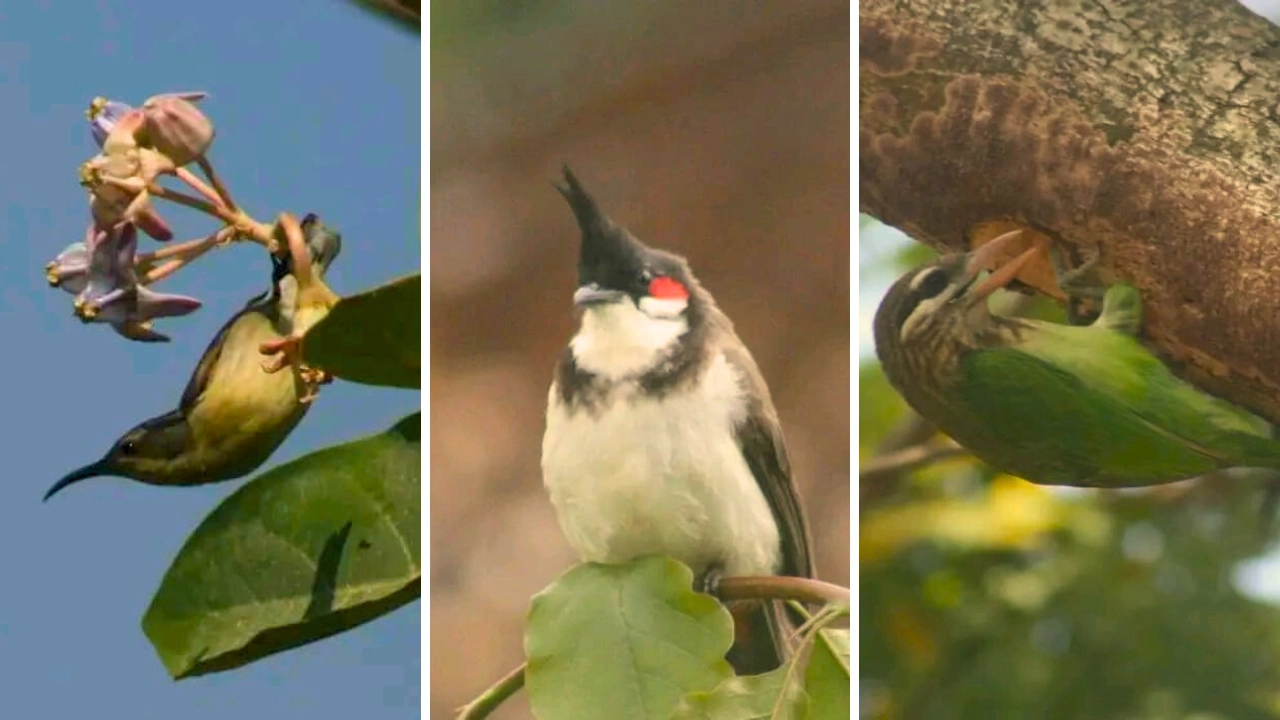
Loten’s sunbird, Red whiskered bulbul and White Cheeked Barbet in 1-2 year restored plots
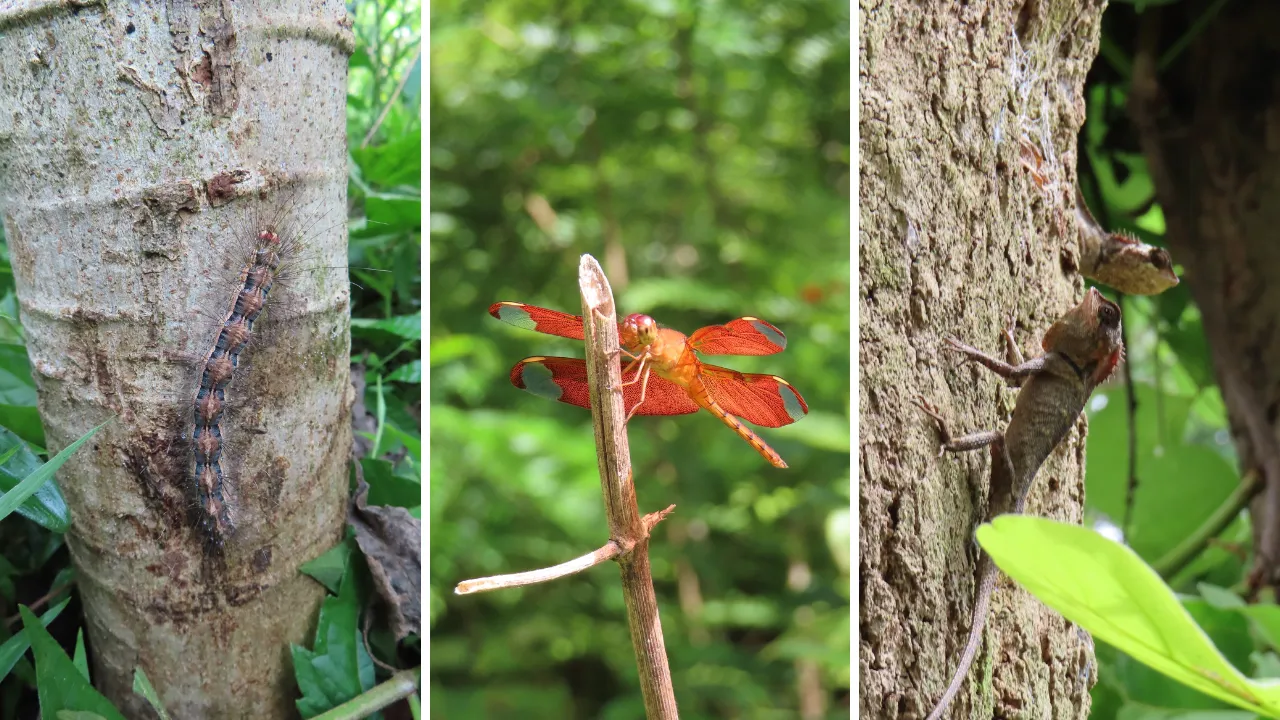
Gypsy moth, Fulvous Forest Skimmer and reptiles in 1-2 year restored plots
The before and after Land Use Land Change (LULC) maps of the restoration plots :
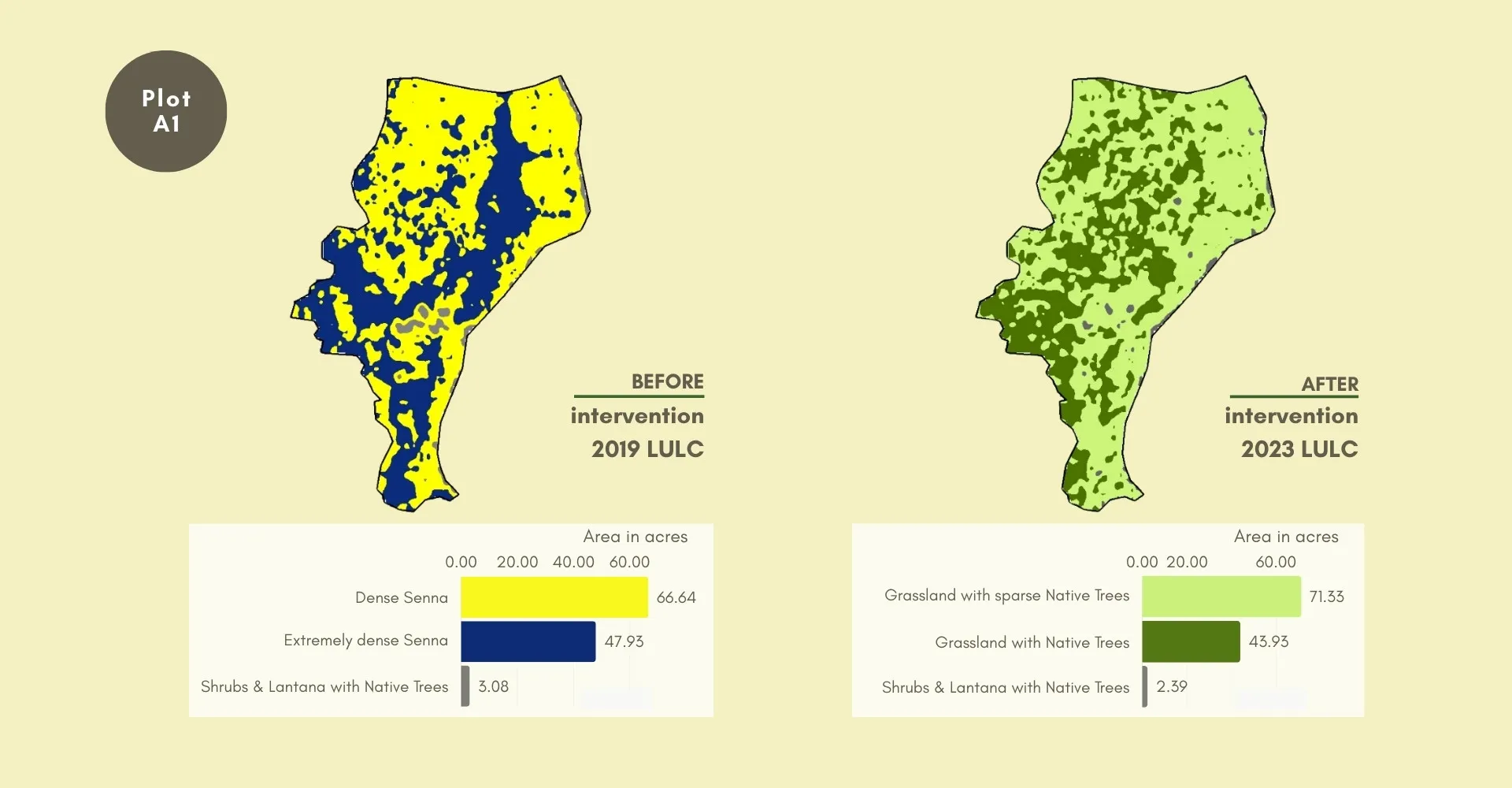
117.65 acres | Since 2021 | ANR, Senna uprooting, planting, & maintenance
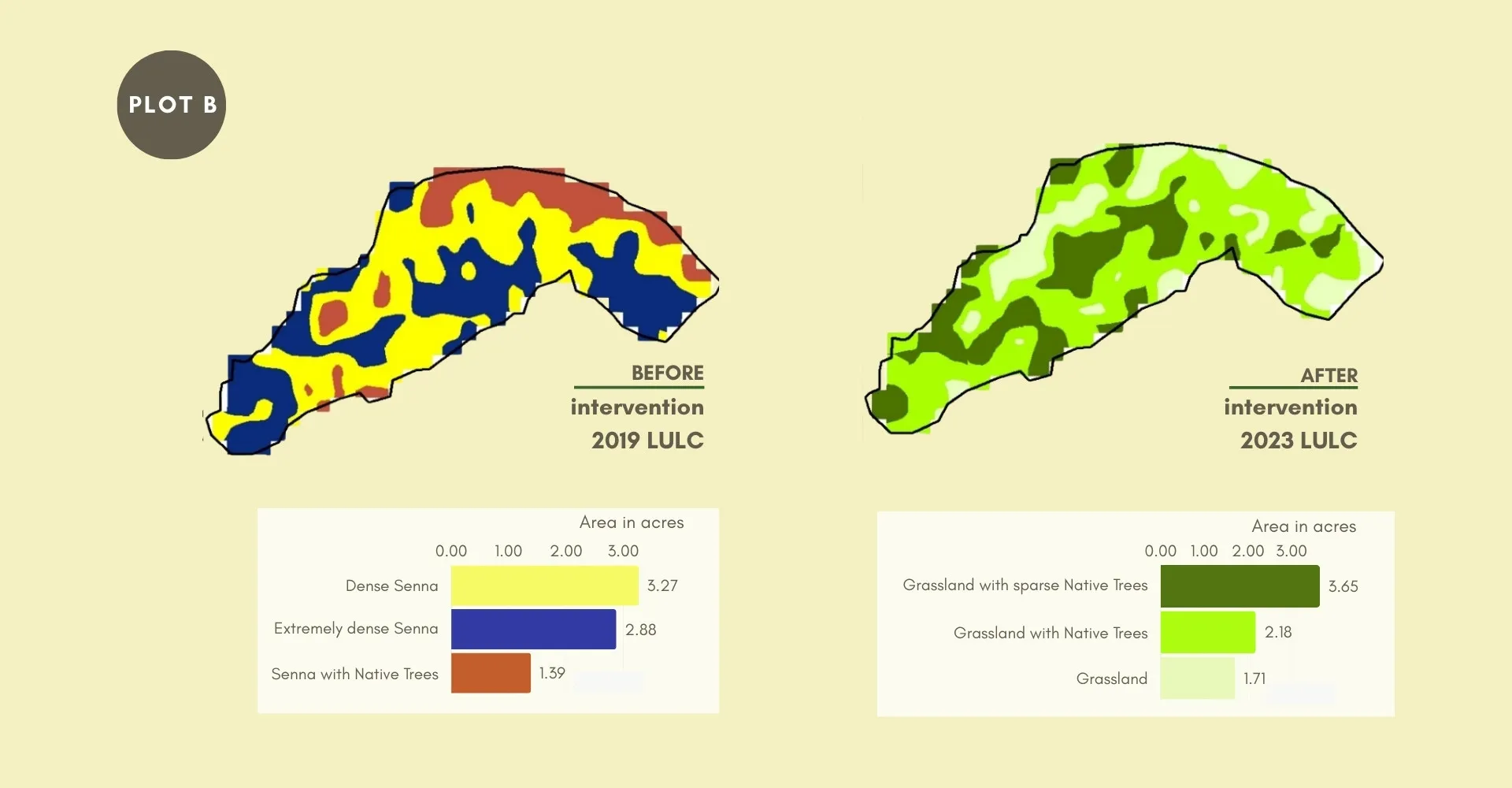
7.54 acres | Since 2021 | Senna uprooting, planting & maintenance
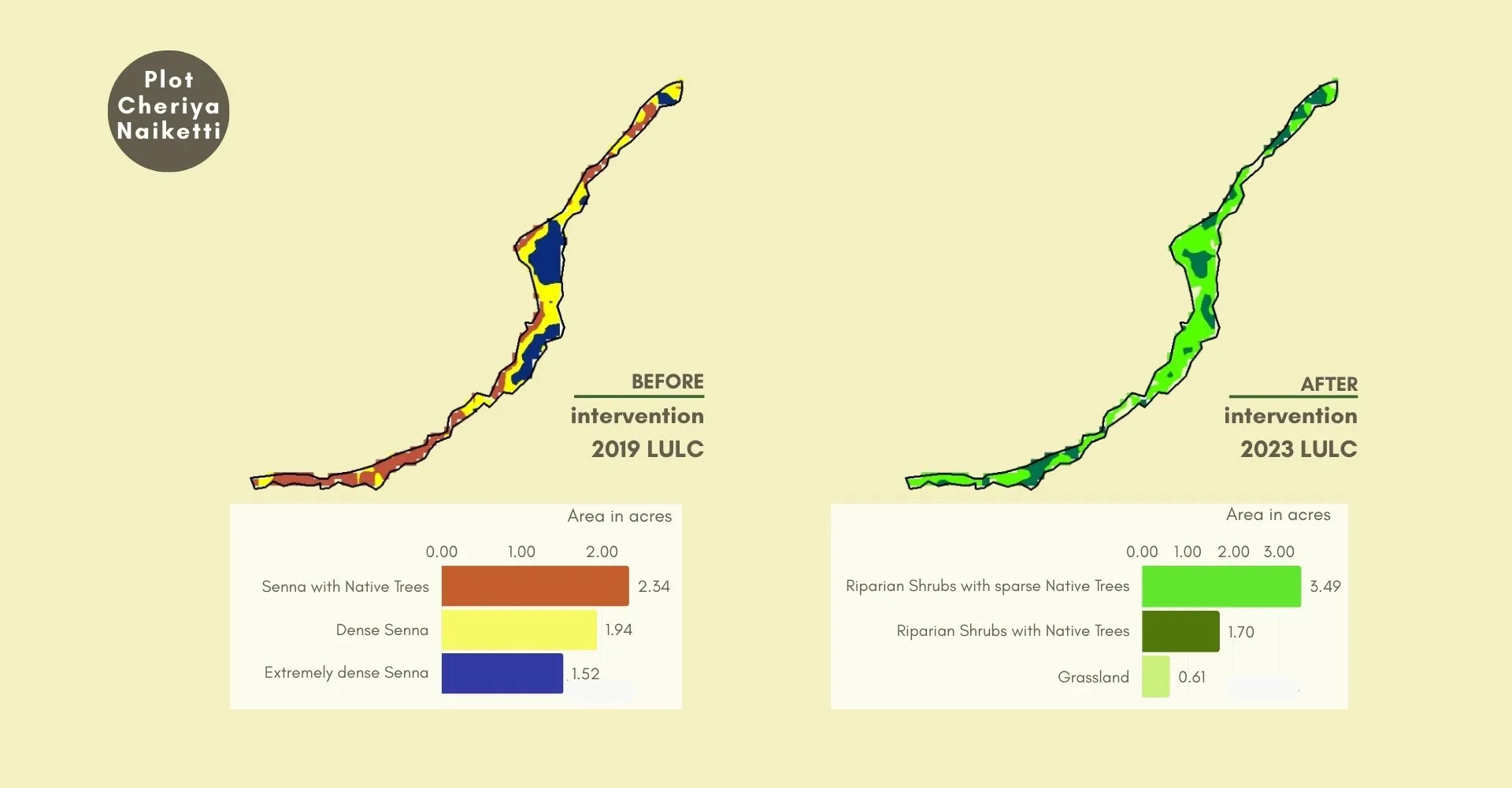
5.8 acres | Since 2023 | Senna uprooting
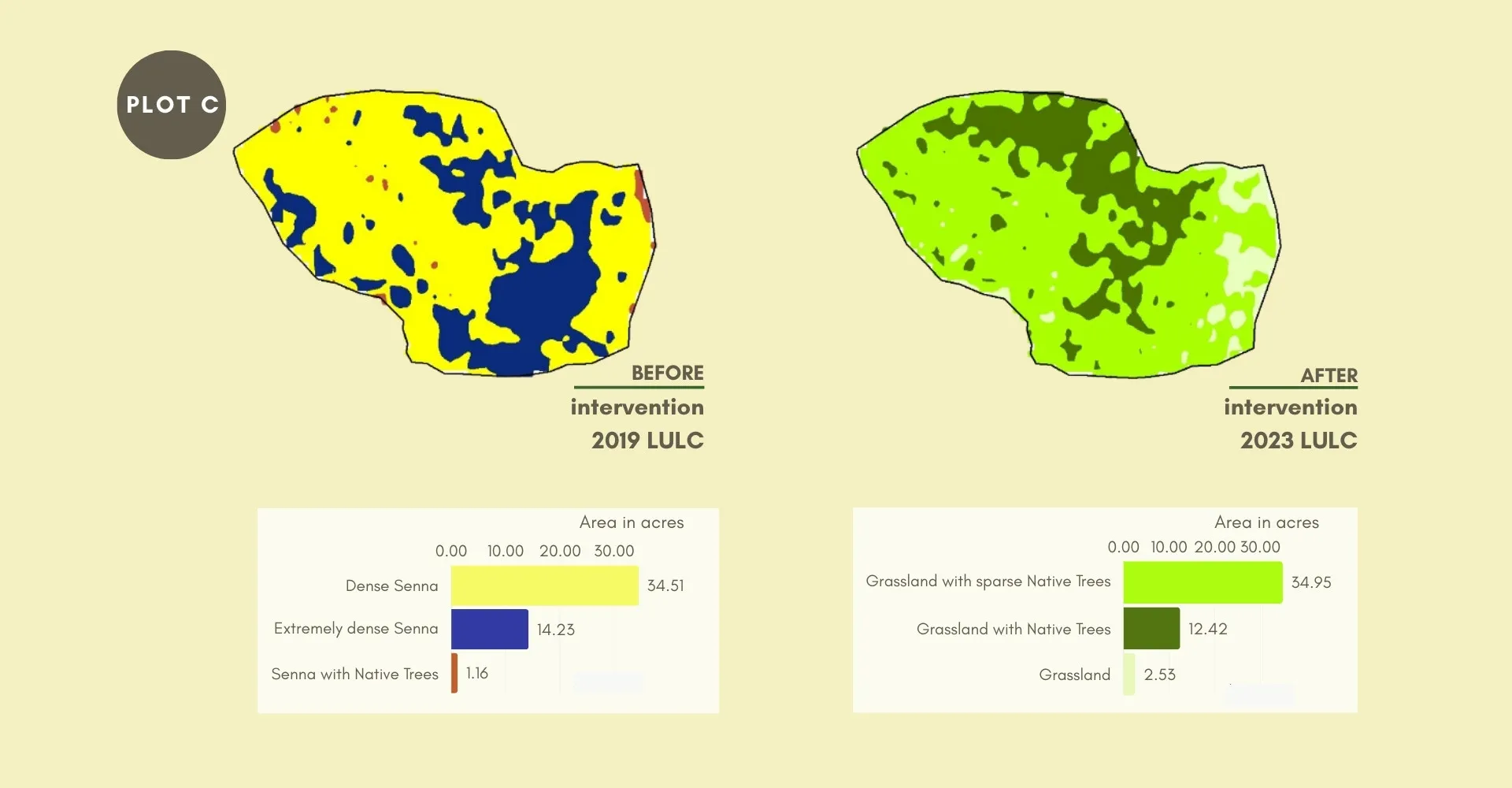
49.9 acres | Since 2022 | ANR, Senna uprooting, planting, & maintenance
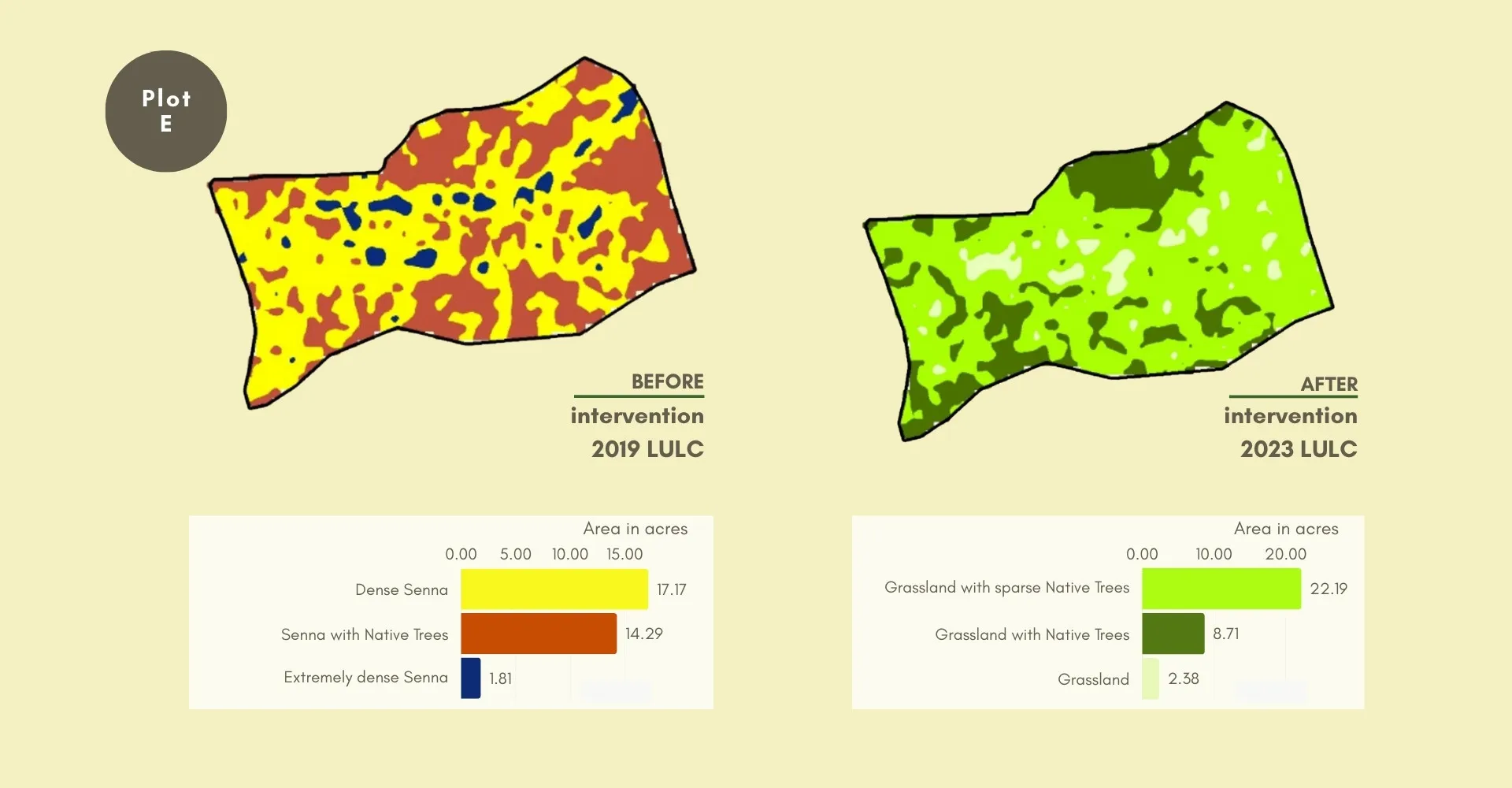
33.28 acres | Since 2023 | ANR, Senna uprooting, planting, & maintenance

Diversity in Coffee Estate
Background:
To enhance income from coffee cultivation, many estates began replacing old-growth trees with fast-growing timber species. This shift in land use led to significant environmental consequences, particularly a loss of biodiversity. The disappearance of native tree species resulted in the decline of ecosystem services vital for both agriculture and natural habitats, including nutrient cycling, pollination, soil fertility, and pest control.
Kodagu and Wayanad, key catchment areas for major rivers like the Kaveri and Kabini, saw a reduction in forest cover, disrupting local ecosystems with far-reaching effects on water resources. Surface water availability diminished as aquifers, both surface and subterranean, were depleted. This weakening of the hydrological systems compromised the region's ability to regulate water flow, reducing the catchment area's capacity to support agricultural productivity and maintain water security for downstream communities.
Our goal:
Bring back traditional coffee agroforests with a huge diversity of forest remnants, an important refuge for native biodiversity.
Our approach:
Selective planting of 100-150 native/RET tree species in private coffee estates of Kodagu and Wayanad.
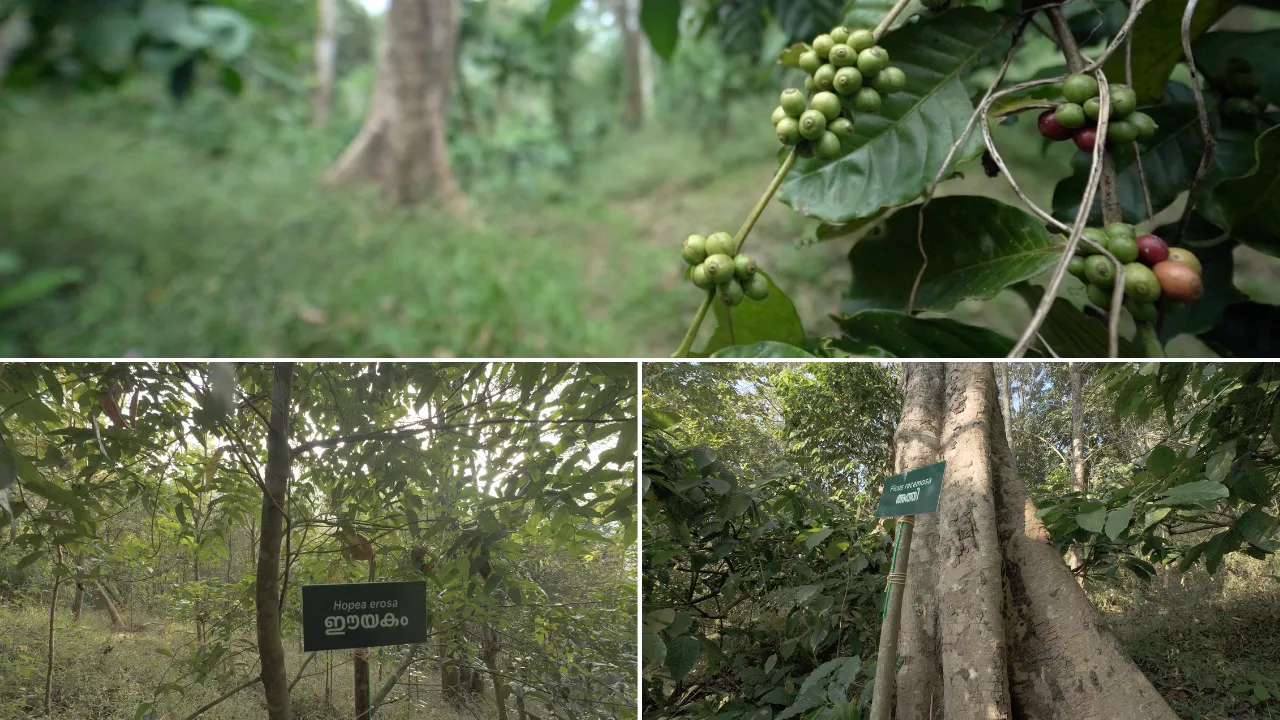
Diversity planting at Ettaekkar
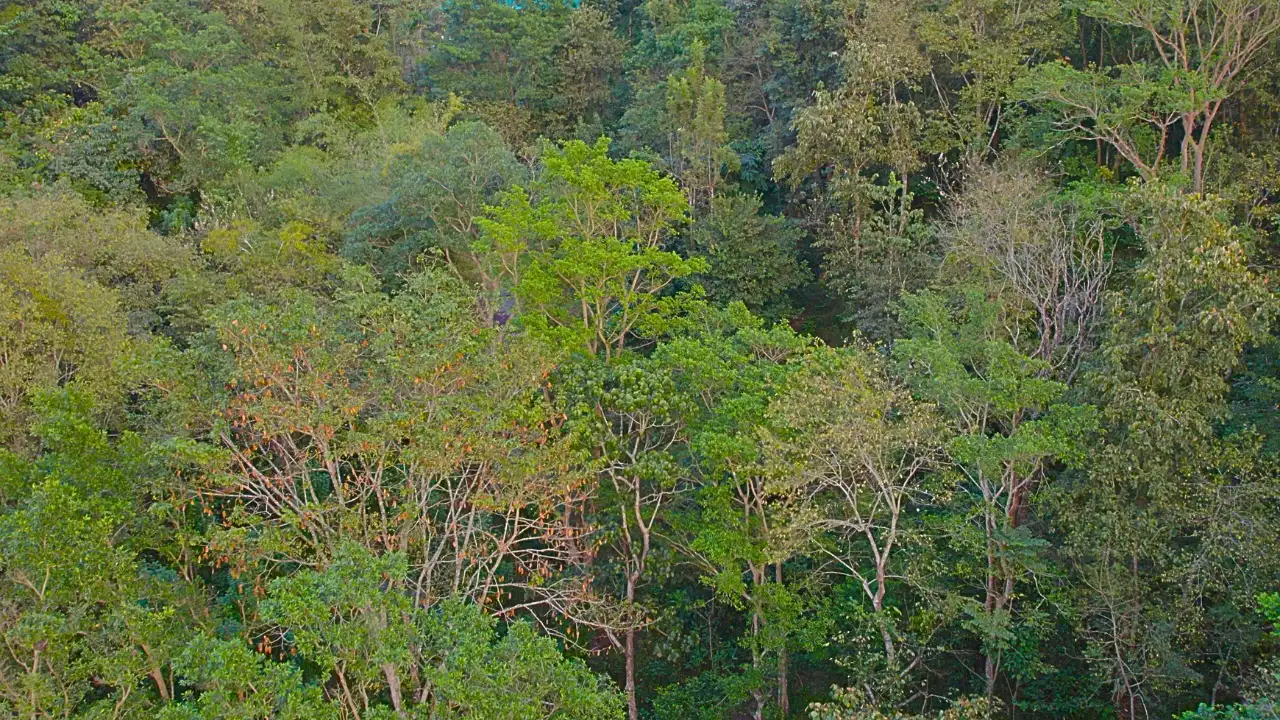
Canopy of planted diversity at Ettaekkar
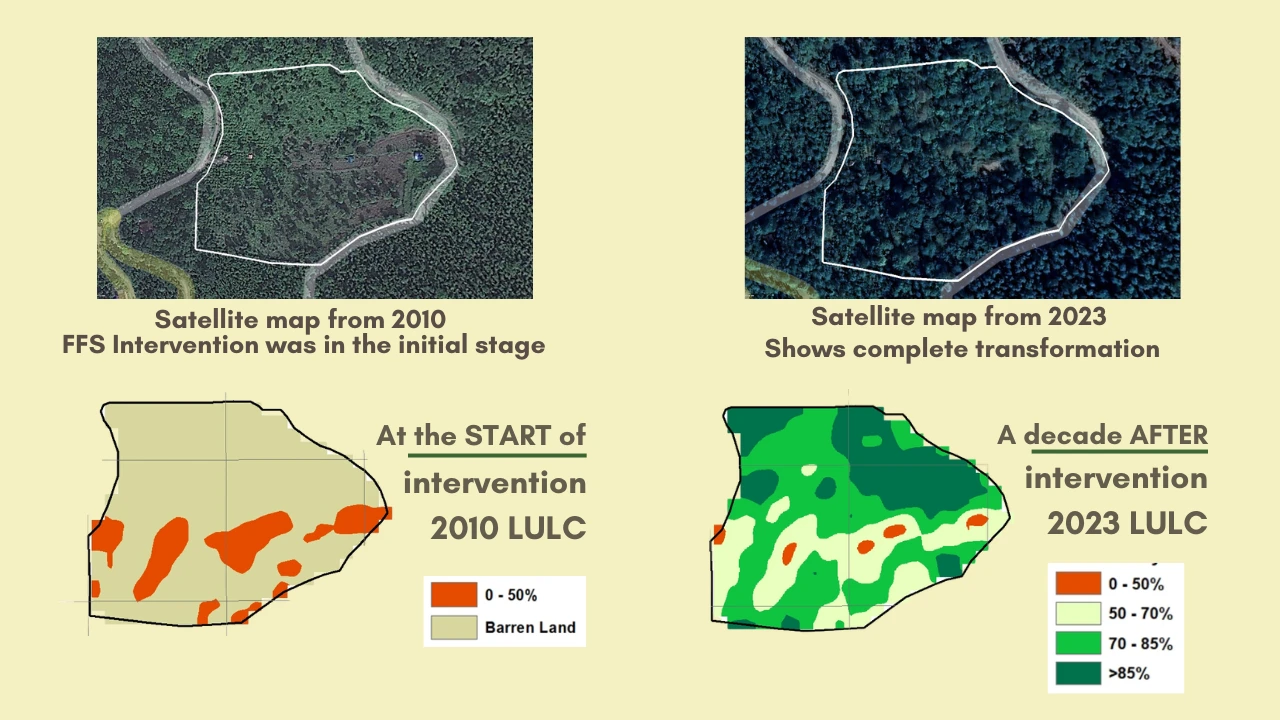
LULC of transformation at Ettaekkar
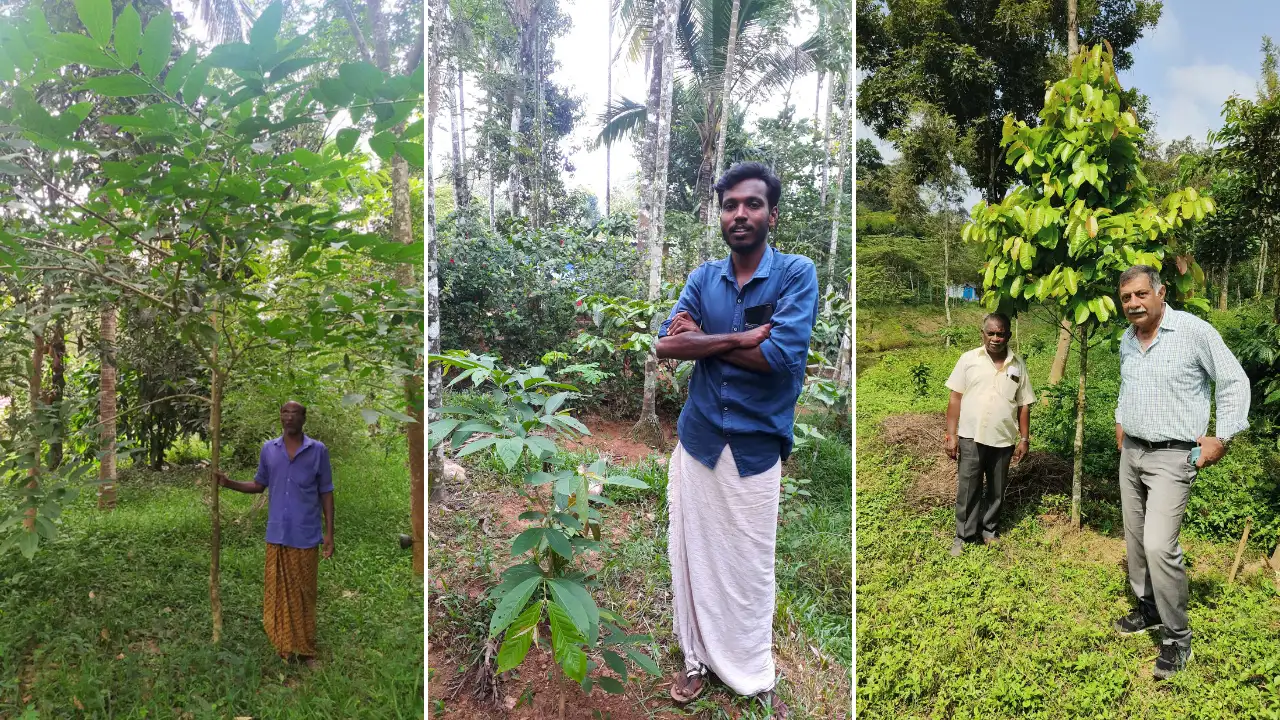
Diversity planting across coffee estates in Wayanad and Kodagu
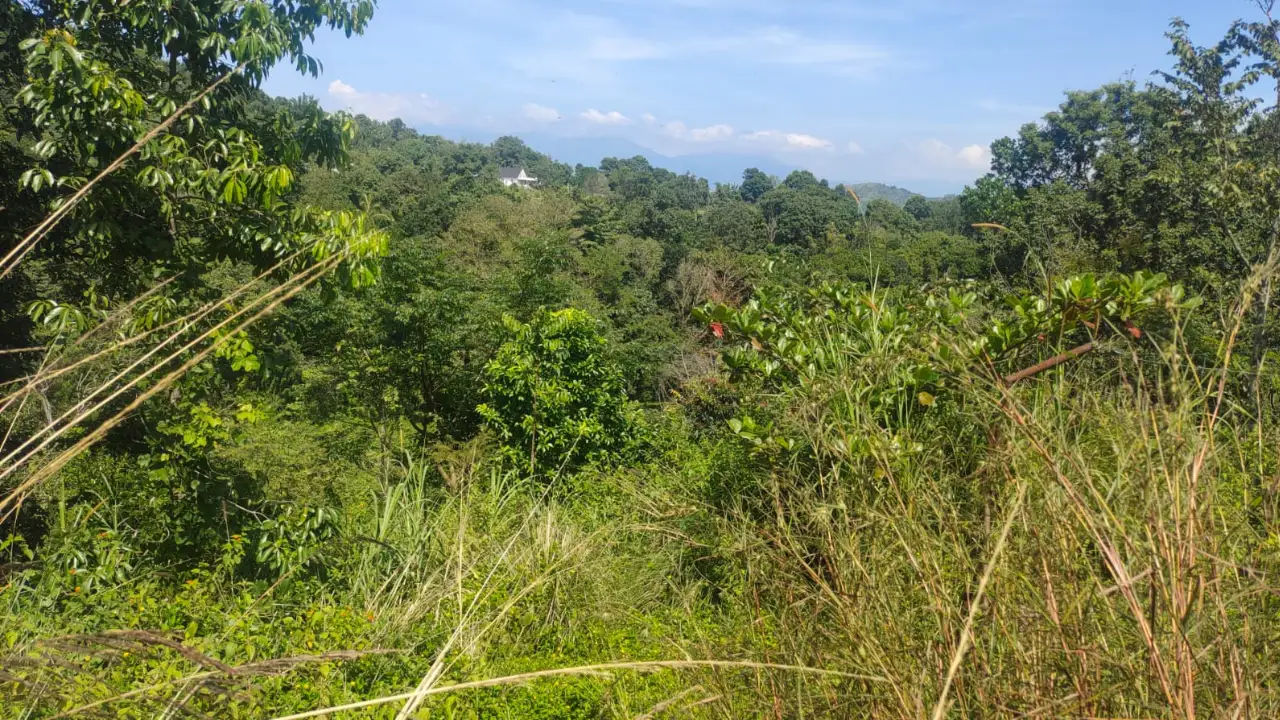
Diversity planting and regenerated grass in Anaikatti private land

Sacred Grove
Background:
Sacred Groves or Devakad, literally ‘God’s Forest’, are patches of pristine forests that have intertwined ecological and spiritual significance with local religious practices for centuries. These sacred groves are not just troves of high biodiversity, but crucial animal corridors and refuge in the Western Ghats belt. Over time, sacred groves are facing threats of encroachment, deforestation and change in the land-use patterns. The pressures of modernization and weakening of traditional beliefs and practices has led to neglect of sacred groves. This has allowed invasive species to take over and inhibit the endemic species to flourish. The fragmentation and degradation of the green corridors that also function as carbon sinks are seeing a reduction in its carbon sequestration and climate control potential.
Our goal:
To empower individuals and communities to restore degraded sacred groves in Wayanad and Kodagu.
Our approach:
- Removal of lantana became an essential first step for facilitating regeneration of the Sacred Groves. By removing the colonies of established Lantana, we assist the native saplings to establish and flourish.
- Selective planting of 100+ native/RET tree species is chosen as an augmentation to the natural restoration process adopted for the sacred groves. The selection of species is corresponding to the region and its endemism.
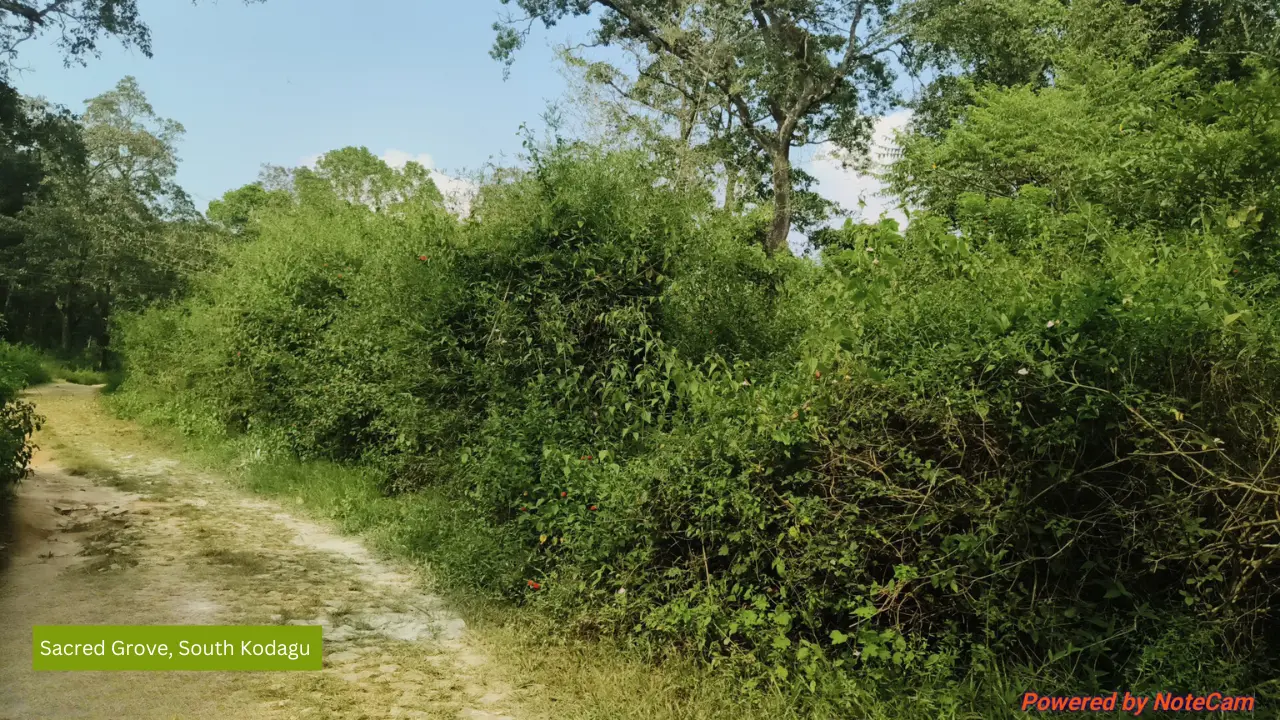
Native vegetation thriving in 2023
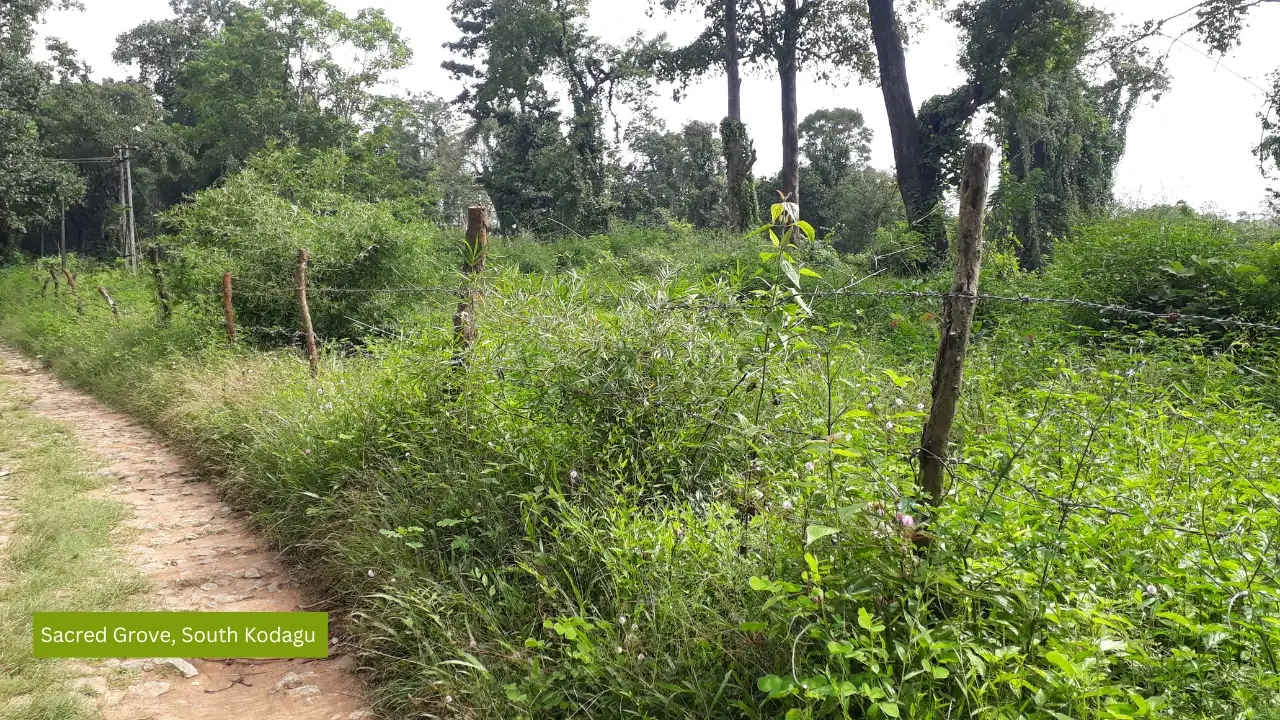
Native saplings regenerating after lantana removal in 2019

slope stabilisation
Background:
Kodagu and Wayanad have been dealing with landslides in 2018, 2019 and 2024 due to unprecedented rains. Several farmers lost their livelihood and lands. Many are continuing to survive on these landscapes under constant threat of landslides. Forest First is working with local communities in supporting Vetiver and Bamboo nurseries and restoring landslide prone steep slopes. Vetiver and Bamboo are native grasses that are used on slopes for soil stabilisation. Propagation of native grasses/ vetiver grass (Vetiveria zizanioides) technology (VGT) in landslide affected areas, native clumping grasses could be used to cover bare soil as pioneer plants and Vetiver grass will be used as a structural element to stabilise slopes due to their extensive and long roots. Planting of pioneer species could be leveraged for stabilising land that is damaged by human intervention.
Our goal:
Collaborating with local communities to develop & implement land slope stabilisation techniques.
Our approach:
Using native grass like Bamboo and Vetiver to restore lands affected by landslides to aid soil stabilisation.
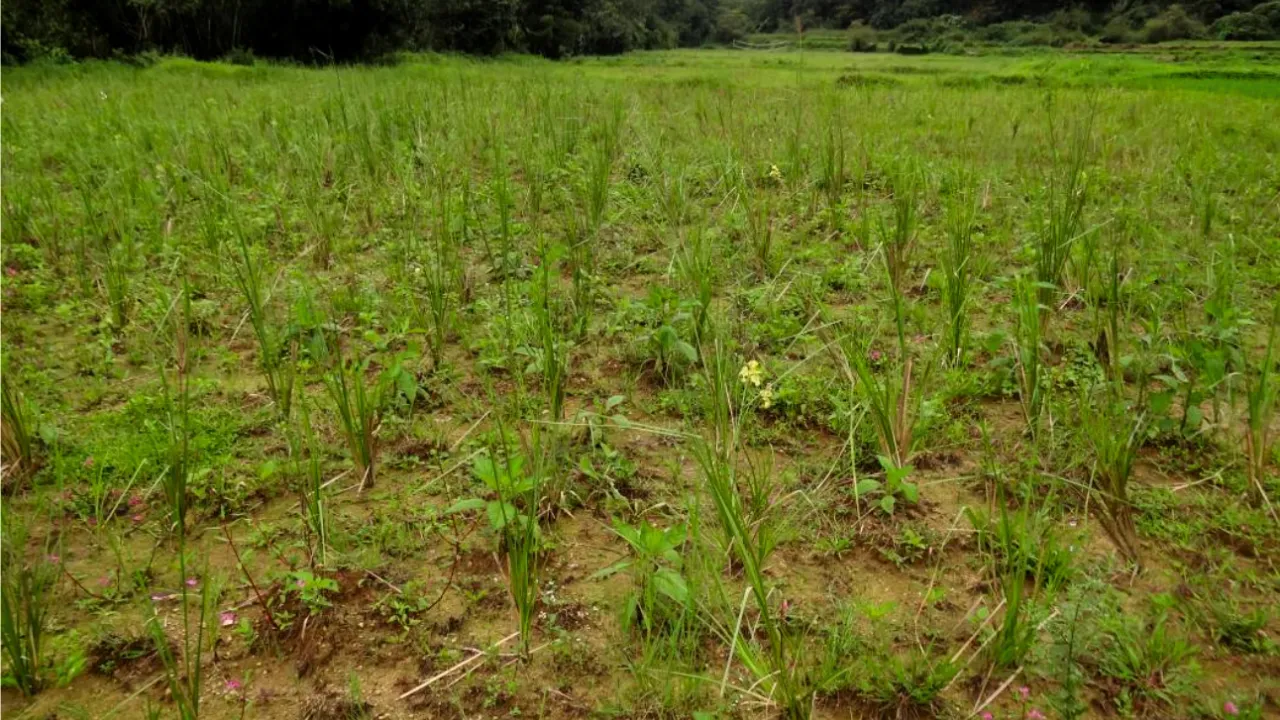
Vetriver cultivation for slope stabilization
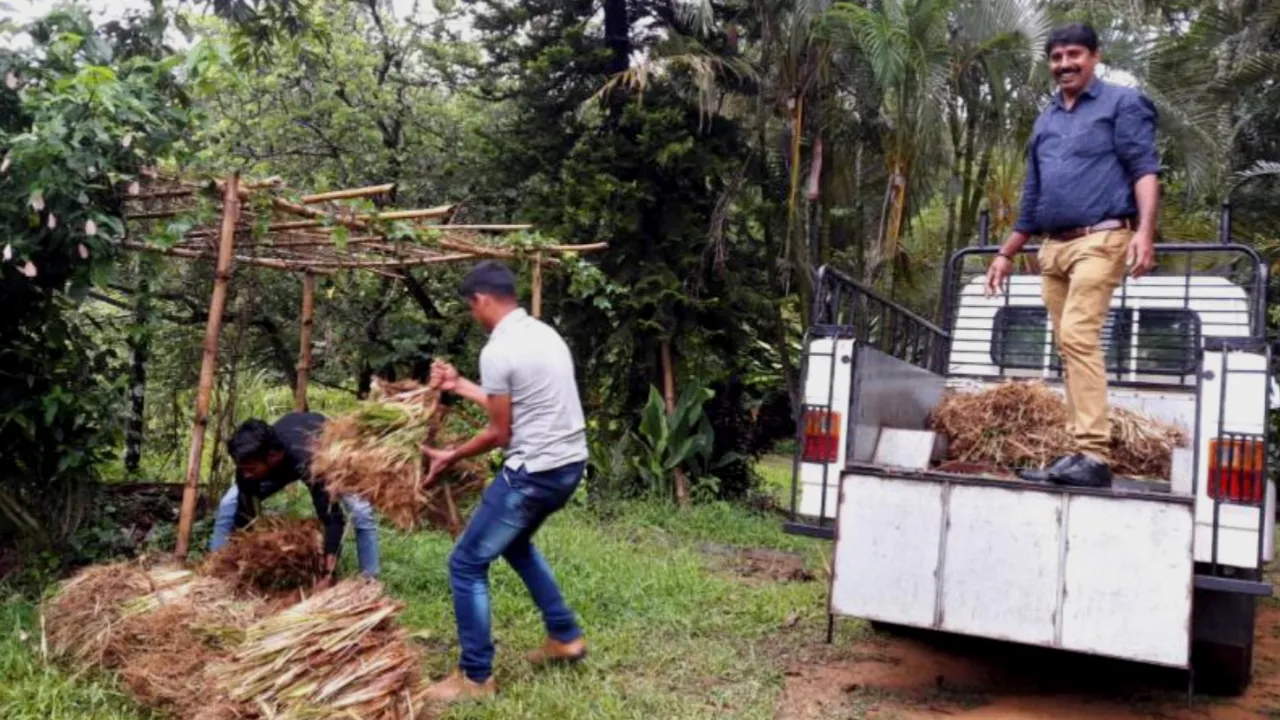
Transporting Vetriver to the site
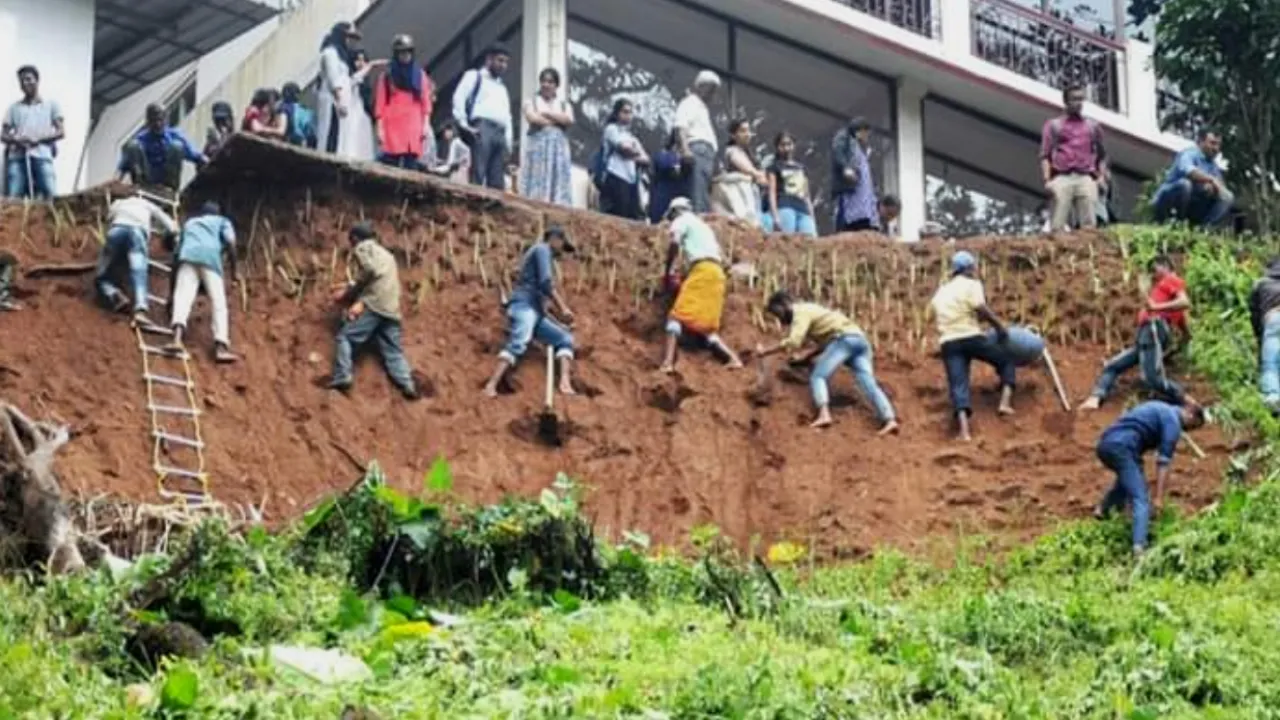
Slope stabilisation in progress using Vetriver
ECOLOGICAL ASSESSMENT
In March 2024, FFS invited Grassroots Research and Advocacy Movement (GRAAM) to conduct an independent ecological assessment of Forest First’s forest land restoration in Wayanad, Kerala.
BIRD SURVEY
FFS invited bird expert Daniel Sukumardas to conduct a year long bird survey starting May 2024, to assess the impact of the restoration work done by FFS in Tholpetty, Wayanad.
Birds have been returning to senna eradicated plots in comparison to senna infested plots where absolutely no birding activity was observed.
